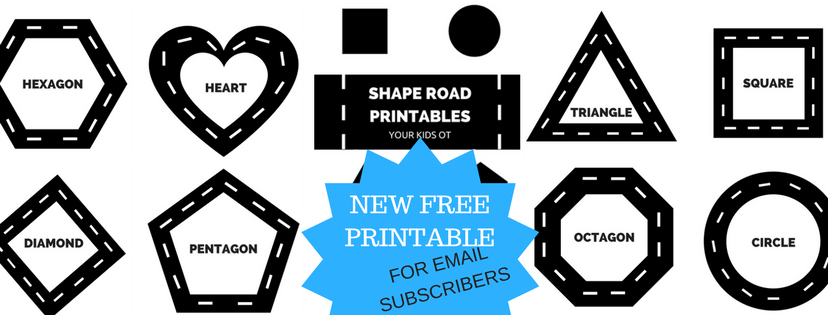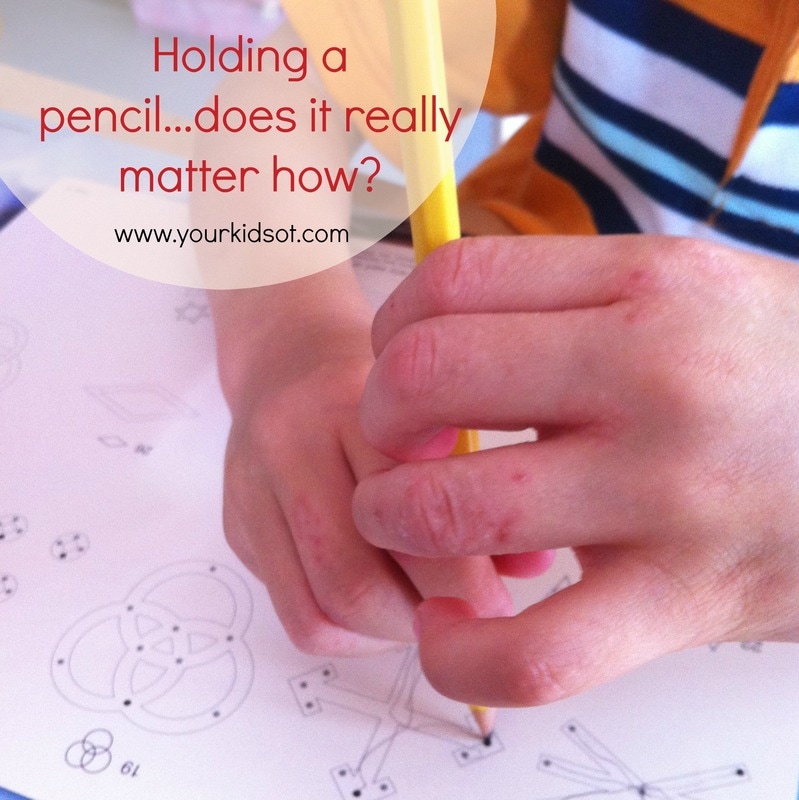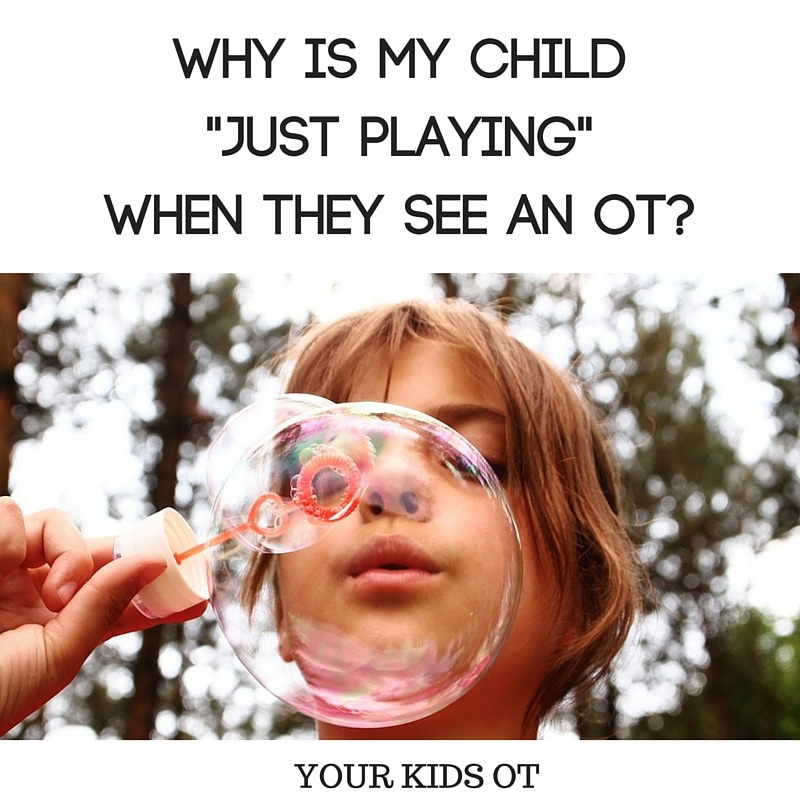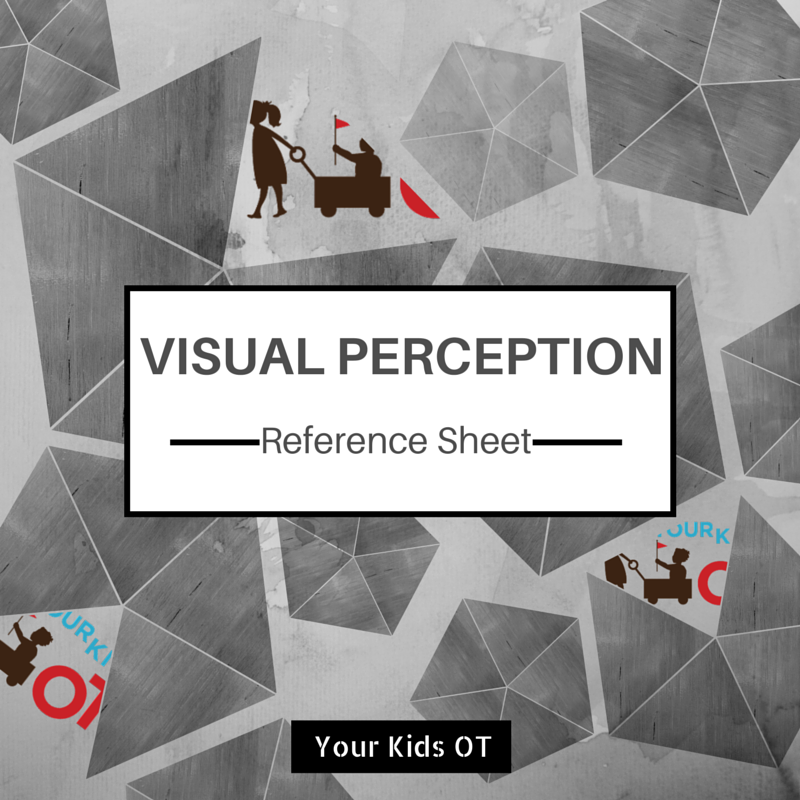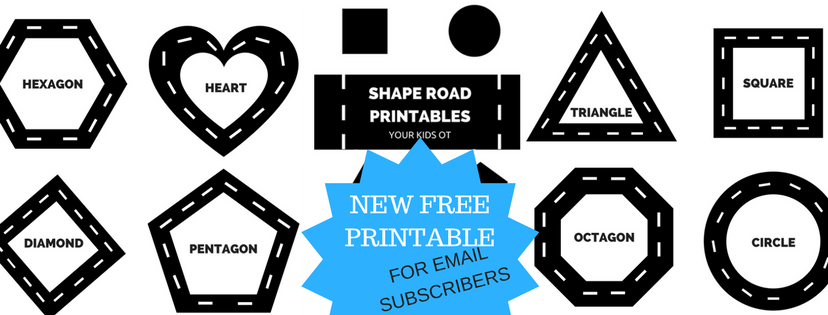|
Breathing can help children {and adults} to regulate their bodies. Breath may affect posture and and behaviour will always be exhibited when a child has difficulty breathing. Some children benefit from quiet, resistive suck and blow activities such as blowing bubbles in slime, sucking up soup through a straw and blowing balloons. Some children benefit from easy-to-blow big noise toys. Other children benefit from oral motor toys which encourage breath to be graded such as a harmonica.**
My favourite oral-motor toy are these animal eye-poppers you see below. Children need to grade their breath so that the eye balls hover just above the eye sockets. This appeals on so many levels to kids {and big kids too}! The dilemma as a therapist is not being able to use oral motor toys easily between children. Obviously there are hygiene considerations! It is too expensive to buy one for each child I see. When I saw the idea to make your own oral motor toy on Pinterest, I couldn't wait to make it with my OT kids! I have made a few adjustments to the original instructions to encourage some fine motor and visual motor skills in making the toy.
What do you need to do?
1. Cut the small section of the bendy straw in half. 2. Cut the "cut off" piece of straw in half. 3. Place the two small pieces of straw on the foil. 4. Scrunch up the foil, covering the straw pieces, into a small ball. {The small pieces of straw add volume, however keep the ball light}.
5. Fold the patty pan in half and press down the fold.
6. Fold the patty pan in half again and press down the fold. 7. Open up the patty pan and cut along one fold stopping at the centre. 8. Make a funnel shape with your patty pan and secure with sticky tape. 9. Make a small cut a the bottom of the funnel shape (enough for the straw to poke through). 10. Place the small section of the straw through the hole in the patty pan. Try to have a minimal amount of straw poking through. 11. Secure the straw with sticky tape. 12. Stretch out the "bendy" section of the straw and you are ready to blow! I have been doing this activity with my 1st and 2nd graders at school. I bring the supplies in a small zip lock bag and encourage them to follow the steps. Most of them have needed help with creating the funnel and securing the straw. They have all enjoyed blowing into the straw attempting to grade their breath to keep the ball floating. It takes practise! Mr L shows you in this video how it is done! {If you are reading this in an email, you may need to press the title of this article and view it in an online browser} We can use respiration as a tool to regulate our heart rate and to support attention and focus.** This oral motor toy encourages an aligned postural position to facilitate controlled breathing. As children attempt to float the ball above the straw, their breath is graded and controlled.
Click to set custom HTML
What is your favourite oral motor toy? Have you made one?
Note: This article does NOT contain affiliate links. All opinions expressed about products in this article are my own. I have not received any remuneration for this article.
** Gen Jereb's "The Traffic Jam in My Brain" presented 10th April, 2015.
You may also like:
Welcome to a new series called "Ask an OT"! Since starting this blog 18 months ago I have been asked lots of questions! Often these questions are repeated as parents are all grappling with issues related to raising kids. The most common question is "What does an OT do?" Well you can read about that in the "about me" section of this blog. As is the nature of this blog, all answers to "Ask an OT" are general in nature and do not replace an individual assessment and consultation with an Occupational Therapist. Today, I'm answering "Help! My child hates wearing socks and shoes!" This is a really common cry for help that I come across. The answer will depend on several factors. (1) Age - How old is your child? If they are a toddler or preschooler, then they may be getting used to this new expectation! Are the socks and shoes chosen easy for them to put on themselves or do they have complicated fastenings? Have you taught them how to hold open the socks to wiggle in toes, then pull up? Have you tried "anklet" socks if they are having trouble with longer socks? Here is a helpful tip for those learning how to match shoes to the left and right feet. (2) Disability - Does your child have a cognitive delay or a diagnosed disability such as Autism Spectrum Disorder? They may benefit from visual aids or a social story to help them to understand the expectation of when socks and shoes are to be worn. Avisual schedule may help your child to organised themselves to be "ready" with a daily routine. (3) Sensory Issues - Is this an issue about the feel of the socks/stockings/shoes on their feet? If this is an isolated issue relating to sensation then keep reading as these strategies may help. If your child is exhibiting other issues with sensory information (eg. intolerant to food textures, having difficulty with certain noises, constantly seeking movement, etc), then seek help from an Occupational Therapist for a full sensory processing evaluation. Our sense of touch is an important protective tool that we use to identify when something is sharp, hot, or may cause us harm. "Children with sensory over-responsivity (sometimes called "sensory defensiveness" respond to sensory messages more intensely, more quickly, and/or for a longer time than children with normal sensory responsivity". * This means that a sensation (in this case socks, stockings or shoes) may be perceived as "painful" and the child may have a "fright, flight, fight" response. "An individual with hypersensitivity to touch ortactile defensiveness appears to overreact to sensation that most people don't particularly notice, or at least are not bothered by". ** So what can you do? (a) Understand the problem and acknowledge your child's feelings. Your child will probably be exhibiting an emotional response to this problem as it is a frustration between an external expectation placed on them and the perceived "pain" they may be experiencing. You as a parent may also be experiencing an emotional response...acknowledge your child (and your) feelings. Reading this article will help you to understand the problem a bit further. (b) Prepare your child and their legs/feet. Often firm deep pressure can help to calm a child and override tactile irritation. > You could try a massaging (eg. with lotion) the legs and feet prior to wearing socks and shoes. > You could try "sandwiching" the child's legs between cushions or wrapping in a towel/blanket for a few minutes. > You could try a "heavy weight" such as a bag of rice or cuddle from a pet (under 5% of the child's body weight). > You could try "heavy work" such as jumping on a trampoline. (c) Modify the environment (ie. the socks/stocking/shoes). > You could try turning socks and stockings inside out so the seams are away from the legs and feet. This simple change can often help children instantly. Hidden underneath shoes, no one else needs to know! > You may purchase "seamless" socks and stockings (underwear and other clothing too) from companies such as It Makes Sense. >Does your child prefer certain material (eg. cotton rather than wool)? Do they prefer tight fitting or loose fitting socks? Are thicker stocking more tolerable than thinner stockings? > Does your child have a preference with shoes as some fastenings may irritate (eg. laces vs velcro vs buckle vs pull on shoes). > Does your child dislike tight fitting shoes? You could try buying shoes half a size bigger so their toe does not touch the end of the shoe or slightly wider shoes. (d) Provide opportunities when your child does not need to wear socks and shoes (eg. at home or on the weekends). This is NOT giving in to your child! It is listening to your child's sensory signals and allowing them to self-regulate. (e) Seek an OT assessment. Your child may benefit from a comprehensive assessment and a sensory diet to address this issue.
Do you have a question that you would like to "Ask an OT"? Email me at [email protected] and your answer may be featured on the blog!
References:
* Miller, LJ (2006)Sensational Kids: Hope and Help for Children with Sensory Processing Disorder (SPD) ** Mailloux, Z (1993) Tactile Defensiveness: Some People are More Sensitive from Sensory Integration Quarterly.
You may also like:
Heavy work activities refer to activities where the body has input to the muscles and joints. Heavy work activities are generally recognised as a way to help children improve attention, arousal level, body awareness, muscle tone as well as decreasing defensiveness. Heavy work activities can involve whole body movements (pushing, pulling, lifting, etc) or parts of the body.
Here are some ideas for "heavy work" for fingers and do not require any equipment. These are great as finger warm-ups in the classroom, something to do in the car on the way to school or even waiting for a bus! Warming up the fingers is a good idea before they are needed for fine motor activities or tool use in the classroom. 1. Fingers push - Place each finger tip of the left hand with the matching finger tips of the right hand. Push fingers together. Do this in front, up high or even behind your back! 2. "Thumb Wars" - Get a friend to play this one. Make a fist with your right hand, lock your fingers with your friend and leave your thumbs free. Move your thumbs to opposite sides saying "I, 2, 3, 4, I declare a thumb war". Touch thumbs and try and "pin down" your friend's thumb. Don't let go of the fist hold...and maybe start with short nails! 3. Finger tip touch - Touch each finger to your thumb of one hand then the other hand. Try both hands at the same time. Try really fast and really slow. Try pressing really hard against your thumb. 4. Pinch n Pull - With one hand pinch your thumb and index finger together making a circle. Do the same with the other hand but lock the circle together with the first hand. Pull! Try this with each finger making a circle. 5. Piano Press - Curl your fingers with the tips touching the table (or your lap). "Play" the piano... a slow piece, a dramatic piece, all fingers together, one at a time... press down into the table as you play (try not to hyperextend at the joints). You could even print out a paper keyboard to aid this finger game or sing-a-long to your favourite songs. 6. Dancing Fingers - There was a "Playschool" song called "One day a hand went walking"... This reminds me of that song. Stand your index fingers and third fingers up onto a table top. They can walk, jump, run and even dance. Fingers could also cross the mid-line and come back again. A friend of mine gets her fingers to do the "can can" with coordinated bending and kicking... This article is the first in a series. Stay tune for more finger warm ups with some easy homemade props, finger friendly songs for toddlers and preschoolers as well as fine motor activities for older kids! These finger exercises are great for any age and the best thing is that they require no equipment and no preparation! Find "Heavy Work for Little Fingers" as a one page hand out in theYKOT shop! Do you have a favourite finger "warm up"?
You may also like...
{Review} Jumpin' Jelly Beans CD: Using Sensory Processing Principles by Genevieve Jereb (OT)26/4/2015
A couple of weeks ago I had a "light globe moment"! I was attending a professional development course when the speaker put on some music and the whole audience started to wiggle, jump, shake, march and stop. It dawned on me that I have actually heard this music and have even sung it and danced to it before at a local playgroup that I help to run.
The speaker was Genevieve Jereb, an Occupational Therapist with years of experience working in the US and Australia. Genevieve is also a songwriter and has produced a number of CDs designed to "use the principles of sensory processing theory to create music, songs and rhythmic activities for children with attention, motor and regulation difficulties". "Jumpin' Jelly Beans" is a collection of 19 original songs which have simple melodies, are light-hearted and full of fun. The CD comes with a 24-page booklet with song lyrics and activity details for each song. Activity instructions correspond with the lyrics of the song. For example, in "Starfish" I'm a small as a bug (crouch down small) I'm as tall as a tree (stand tall with hands shooting above head) I'm as wide as a bridge (lift arms horizontal) I'm a wave on the sea (use arms to make wave motion). There is a short description of the goal for each song. For example, "STARFISH is a movement song to enhance attention, alertness and body awareness. Also teaches adjectives and comparatives". Here is a video of the "Starfish" song {note: if you are reading this in an email, please click on the title of the article to take you to a live webpage to view the vide0}.
During the course "The Traffic Jam in My Brain", Genevieve spoke about music as a powerful regulator and that giving instruction through song or some kind of rhythmic rhyme or rap is neurologically much easier for the brain to organise. She also spoke on developing your own music library to find music that is alerting, calming, grounding, regulating in pulse or beat, low frequency and predictable, motivating and fun, activating and current. This CD is a perfect addition to your music library.
Without knowing it, I have been singing and dancing to Gen Jereb's songs for years. They are always popular with the preschoolers that come along to the playgroup that I help to run. Our favourites are "Hip Hop, Milkshake, Penguin Song, Push my Blues Away and Ready Set Go!" We use an ipod at playgroup so I had not looked at the CD booklet before. Now that I have seen the booklet, I'm impressed with how the songs and actions have been developed to provide sensory benefits! I'm ready to find some new favourite songs and learn some new dance moves too {those of you who know I'm a horrible dancer with have a chuckle here}. The "Jumpin' Jelly Beans" CD will appeal to kids of all abilities and ages {particularly preschool and early school-age kids}. It may be used through out the day in classrooms, homes, cars and clinics to entertain and provide "ready-to-use rhythmic songs and activities to support self regulation for the out of sync child".
Do you use music to help kids to regulate their sensory systems?
Note: This article contains affiliate links to iTunes and Amazon. All opinions expressed in this article are my own and are written based on my personal and professional opinion. I purchased the "Jumpin' Jelly Beans" CD and have no affiliation with Sensory Tools.net.
You may also like:
Adding some sparkle or bling in therapy sessions can provide great tactile benefits! A little bit of preparation and patience as the glue dries and you are ready for some great glitter resources!
All you need to make these resources are a packet of glitter glue pens, a marker, cardstock {this is thicker than ordinary paper} and scissors.
The glitter forms a raised surface with a "bumpy" texture. Encourage your child to "feel" with their fingers along the dried glitter. This provides your child with tactile information in addition to just visual information. Tactile feedback can help with learning letters, shapes, names, etc.
You could also spread the glitter out so your child can then colour over the glitter. This is excellent for those kids who have difficulty "colouring" in the lines or colouring the entire surface area they need to colour. Kids love colouring over the bumpy surface of the glitter. Here are some of the ways I add glitter to therapy sessions and sometimes my own kids benefit too! 1. Alphabet glitter - Use these cards to learn the alphabet, sort into letter families, spell your child's name, learn correct letter formation, etc. If you have used or heard of "sand paper letters", then these glitter letters can be used in the same way for a fraction of the cost. You can make these whatever size you want and do capital letters too!
2. Glitter Shapes - Use glitter glue to outline shapes or to colour in the entire surface of the shape. Imagine colouring within these shapes and "hitting" the raised boundary. Your child will have a better understanding of where to stop colouring. Your child can also trace around the raised border to learn how many sides these shapes have as well as the names of the shapes.
3. Glitter Names - Your child will love learning the letters of their name in glitter! Trace over, write over, spell...do it again with their eyes shut! Teach left to right direction of letters and letter formation too.
4. Glitter Colouring - Do you have child who avoids colouring? Have you tried glitter colouring? Draw simple pictures {small is good} and fill with glitter glue. Spread out the glitter so that is quite thin and wait for it to dry. Don't these Easter eggs look pretty? Your kids will be happy to colour in these eggs and then the pictures may be used in a treasure hunt.
My Mr reluctant-colourer was happy to colour these, after which Miss 8 hid them in the garden for him to find. Lots of fun and bit of pencil control in there too, win-win-win, I say!
I don't usually let the kids I see for OT use the glitter glue pens as I generally see kids in school. I can't be sure there is somewhere for art to dry and that we won't make a huge mess!
So this next activity is something I would do at home. 5. Glitter drawing - Encourage your child to draw a simple picture with a marker. Then give them the glitter glue to trace over their drawing. Squeezing the glitter glue is a great way to encourage a pincer grasp and work some intrinsic hand muscles.
Has this inspired you to get out the glitter glue? I promise that it is isn't too messy and it doesn't actually take much time to organise. Your kids will love the effort that you have put in!
Have you used glitter to make resources for therapy, home or school?
You may also like:
Water beads or water marbles are these amazing little super-absorbent polymers. They have traditionally been used by florists in flower arranging but in the last few years "water beads" have become THE must-have material for sensory play. Edible water beads (aka tapioca pearls) have also surfaced as the new "must-have". If you haven't seen these water beads before. Here is a collage of how they work. Place the beads (which are super tiny) into a large bowl or container. Add 6 cups of water and watch them grow for 6 hours. Drain away any excess water. You can play with them before that time but they will continue to grow if more water is added. They grow to 150 times their original size. Amazing for kids of all ages to watch (not for the whole 6 hours). The water beads become firm balls which are bouncy and slippery. You can also allow the beads to dry out and re-use them by adding water to the beads again. There are plenty of activities you can do with water beads. The water beads are great in a large tray or container as a sensory material. Kids will love scooping, pouring, sorting, mixing and stirring. We have also built a simple marble run for water bead races using household rolls, plastic containers and lots of masking tape! Despite how "homemade" it looks, both Mr 4 and Miss almost-8 enjoy racing the beads and watching them go from top to bottom. The water beads have also found themselves in bath play where they are like treasure to be sought and scooped. Combined with some shaving cream and ice-cream creations were made. Have your kids played with water beads? What do they enjoy doing with them? These water beads were given to our family as a gift and were originally purchased from an Australian Company (Nic-Nac). This is not a sponsored post and I have not received remuneration for the comments made here. You may also like more sensory play...
SO...when you need some colour in your life it is time to colour pasta {do you think someone could turn that into a song?}. It wasn't as difficult or time consuming as I thought it might be. Start by picking a warm day...it helps the pasta to dry faster! What do you need to do? How do you use this?
WARNING - any necklaces or bracelets made must be worn by parent or therapist (or other) of child who has taken the trouble to make it! Have you coloured pasta before? How do your kids like to play with coloured pasta? Note: I am now on holidays and may be slow to respond to emails. I'm hoping to post articles whilst I'm away but sometimes these things don't always work. Thanks for your patience. Don't forget to check out the archives at www.yourkidsot.com. You can find articles grouped into categories for easy access! Thanks for your support!
We love kinetic sand but even well loved toys get forgotten and unused. The simple solution is to set up an "invitation to play".... just a fancy way of saying "set up a few bits and bobs to play with the kinetic sand that your child may not have thought of". The beauty of setting up an "invitation to play" is to link things together you may have at home (or preschool) already into a theme. It takes just a few minutes to set up and for your child it is like you have presented them with a new toy. The opportunities for play seem inviting and new. The play is also "open ended" which is a fancy way of saying that there are endless combinations for your child to use the items they have been given. Here are "7 invitations to play" that I have set up with kinetic sand over the last few weeks. I like to surprise my kids and set it up for them whilst they are at school or having "quiet time" in their rooms. Others like to involve their kids in setting up a play scene. My favourite "invitation to play" is the "ice-cream" play. Mr 4 loves his "dinosaur" play. Miss 7 just likes the blue glass beads and decorating the sand. She also really likes those beach umbrellas. Which is your favourite "invitation to play kinetic sand"? What other scenes do you think your kids would enjoy? Don't forget to send your entries in for the Lego Challenge!! Can't wait to see what your kids create this week!
You may also like these articles:
I have prescribed weighted vests when working with children with Austism Spectrum Disorder (ASD) and/or Sensory Processing Disorder (SPD). Weighted products may also benefit children with ADHD, anxiety, depression or other mental health difficulties. Weighted vests or blankets may be used at various times throughout a day. It is not recommended that they are used continuously all day. A weighted vest or blanket may be used as a part of a sensory diet providing gentle deep pressure at chosen times (eg. during reading on the floor, during homework time, at night during sleep, etc). "A weighted vest or blanket is used to provide a sense of calm or |
|
I recently wrote a series of articles on Sensory Processing. Read them here on the Sensory Processing Homepage.
I have collated the information of sensory diet activities into a handy printable reference sheet. This is available from the Your Kids OT shop and from Teachers Pay Teachers. There are over 100 activities here to help you, your child and your therapist plan a sensory diet of activities! Here is a preview of the Sensory Diet Activity Reference Sheet. Thanks for your support! |
Author
Hi, I'm Cindy and I am an Occupational Therapist. I enjoy working creatively with children to see them reach their potential. Read more about me here.
Archives
June 2024
May 2024
April 2024
March 2024
February 2024
January 2024
December 2023
October 2023
September 2023
August 2023
July 2023
May 2023
March 2023
February 2023
January 2023
December 2022
November 2022
September 2022
August 2022
April 2022
March 2022
February 2022
January 2022
December 2021
November 2021
October 2021
September 2021
August 2021
July 2021
June 2021
May 2021
April 2021
March 2021
February 2021
January 2021
December 2020
November 2020
October 2020
September 2020
August 2020
July 2020
June 2020
May 2020
April 2020
March 2020
January 2020
December 2019
November 2019
October 2019
August 2019
June 2019
April 2019
March 2019
February 2019
January 2019
December 2018
November 2018
October 2018
September 2018
August 2018
April 2018
March 2018
February 2018
January 2018
December 2017
November 2017
October 2017
September 2017
August 2017
July 2017
June 2017
May 2017
April 2017
March 2017
February 2017
January 2017
December 2016
November 2016
September 2016
August 2016
July 2016
June 2016
May 2016
April 2016
March 2016
February 2016
January 2016
December 2015
November 2015
October 2015
September 2015
August 2015
July 2015
June 2015
May 2015
April 2015
March 2015
February 2015
January 2015
December 2014
November 2014
October 2014
September 2014
August 2014
July 2014
June 2014
May 2014
April 2014
March 2014
February 2014
January 2014
Categories
All
Acessibility Notes
Alphabet
Ask An OT
Bilateral-coordination
Bilateral-coordination
Christmas
Concepts And Cognition
Easter
Evidence Based Practice
Fine Motor
Freebie
Functional Skills For Kids
Giveaway
Gross Motor
Guest Blogger
Handwriting And Writing
Homemade
Interoception
Kids In The Kitchen
Lego-challengee27c5a2753
Meme
Organisation
Other
Ot Profession
OT Resources
Pencil Grasp
Play
Printable
Regulation
Reviews
Rewards And Motivation
School
Scissor Skills
Self Help Skills
Sensory
Social Skills
Visual-perception
Visual-perception
Website Spotlight
Welcome
World Ot Day
YKOT Shop
Your Kids Therapy Ideas

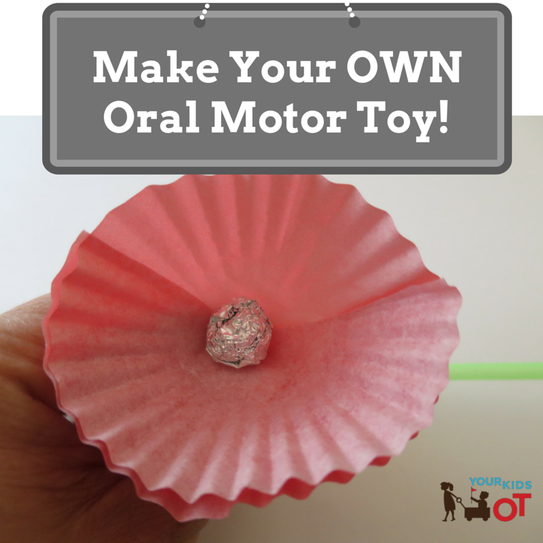

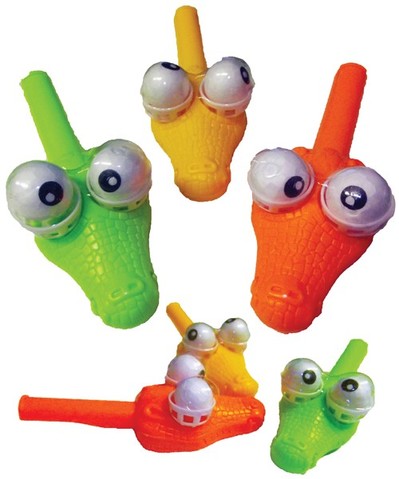
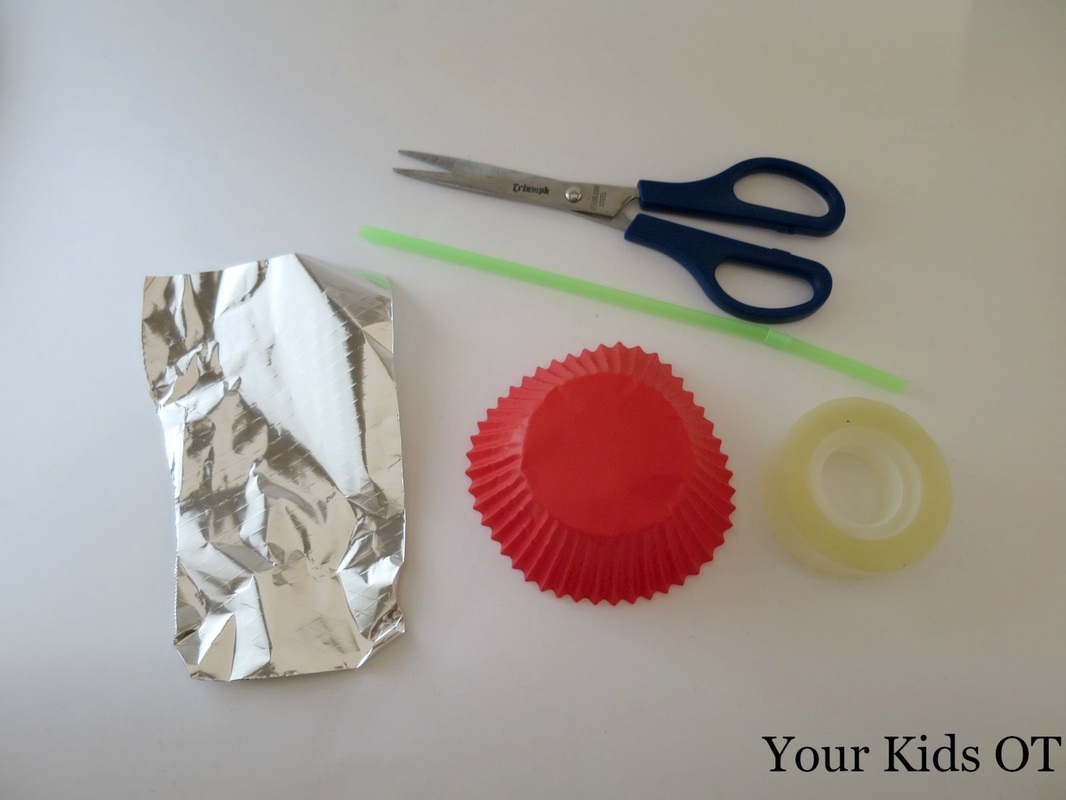



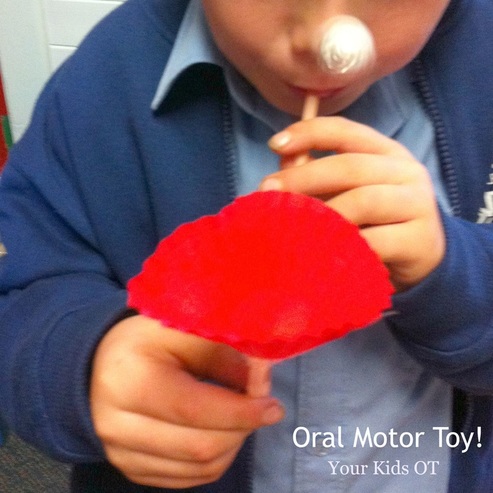

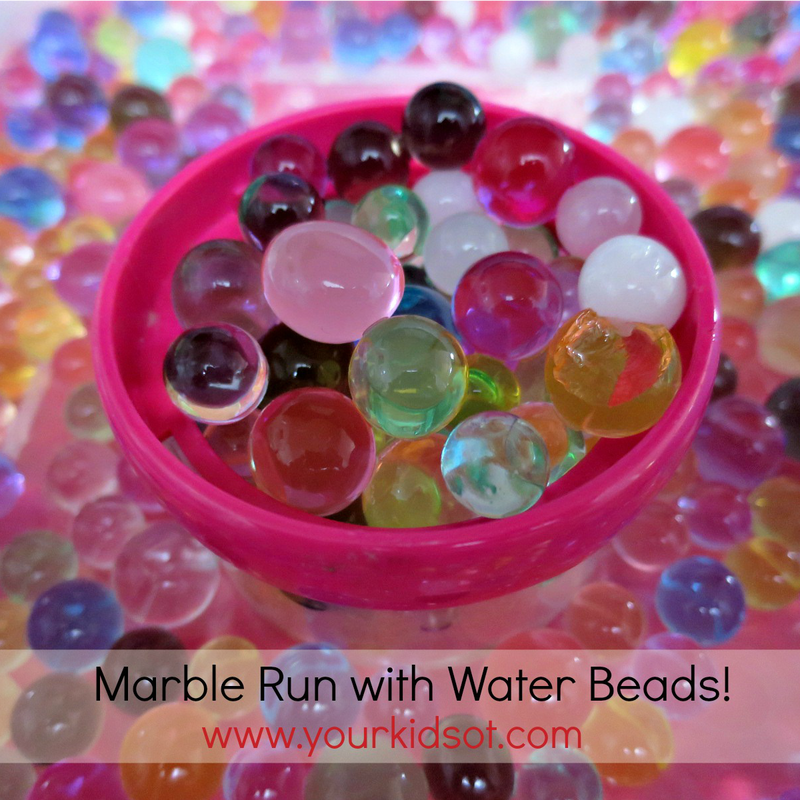
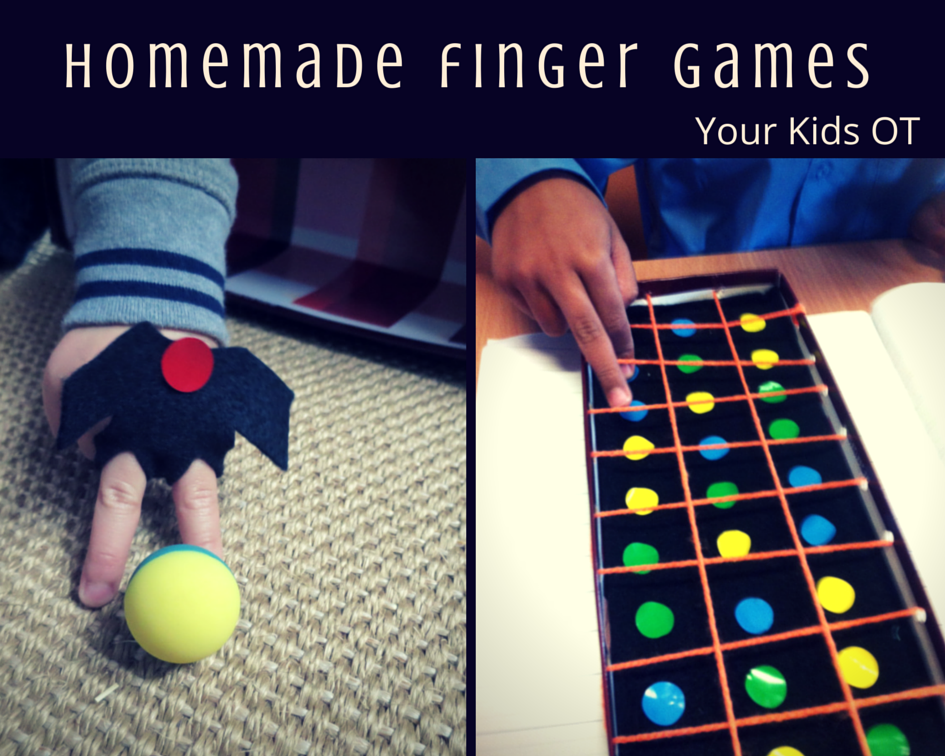
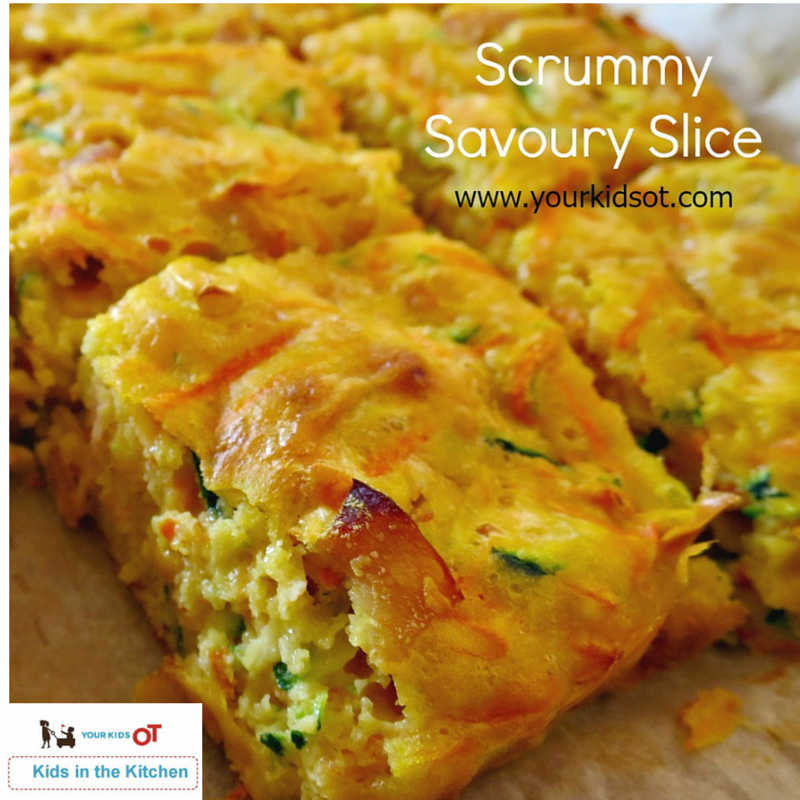
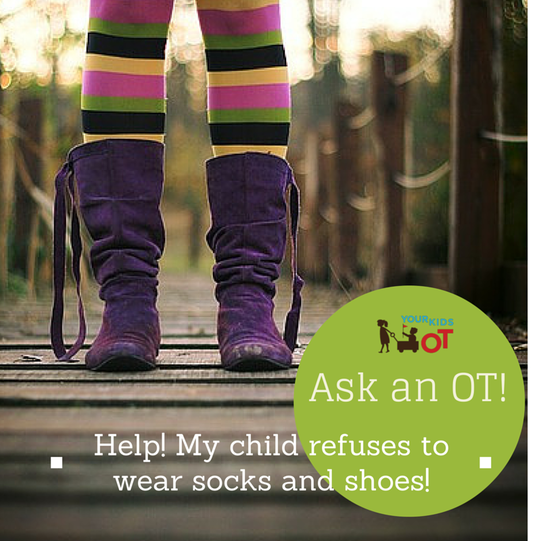
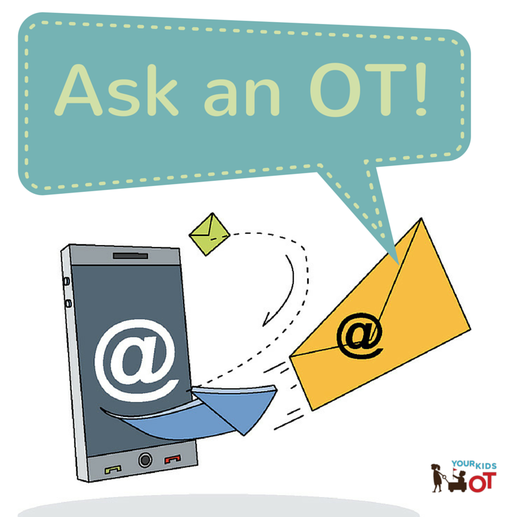

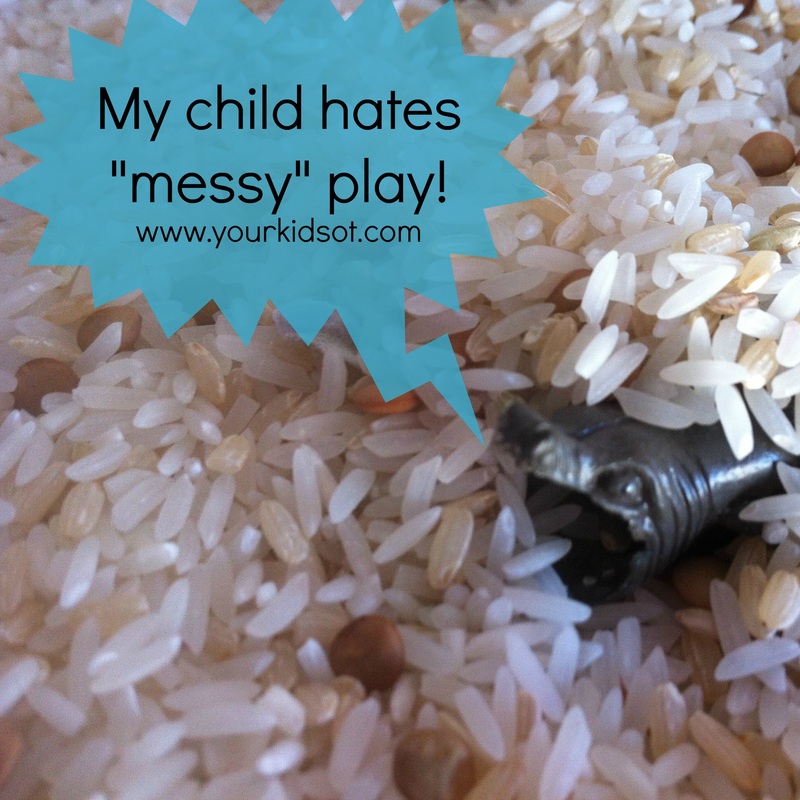
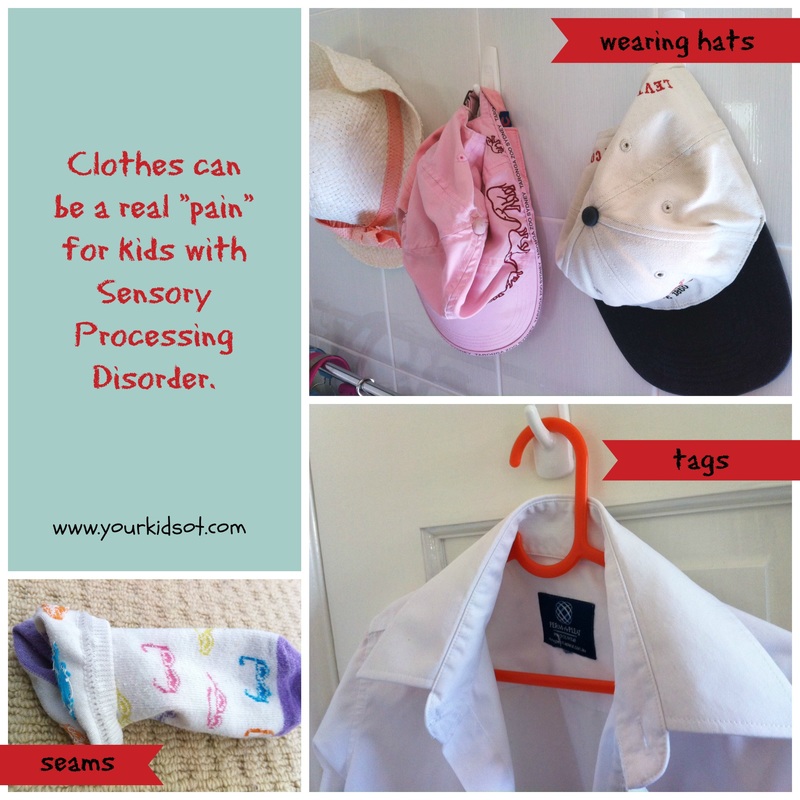
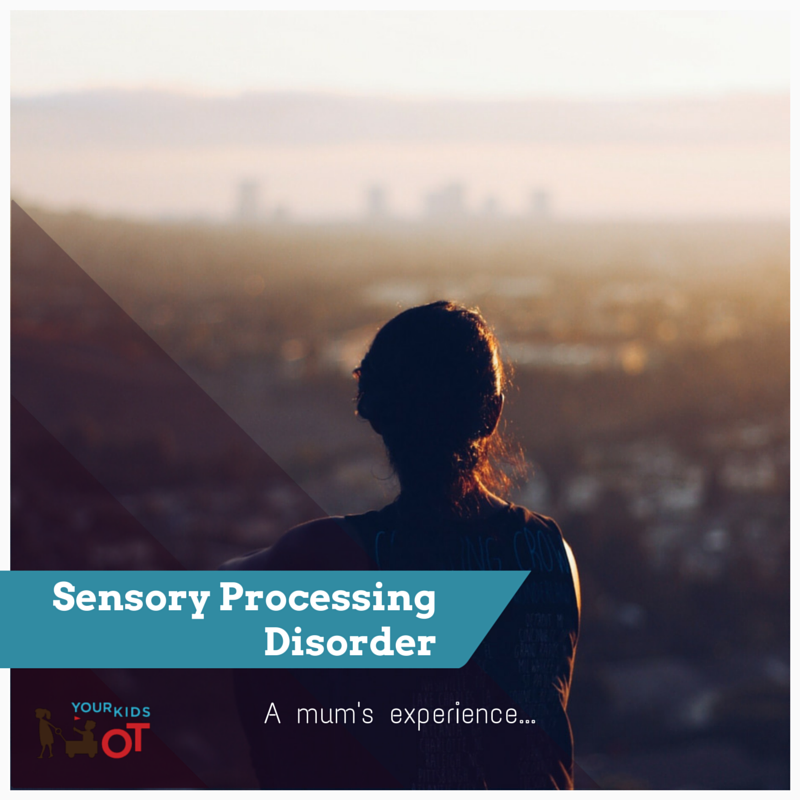
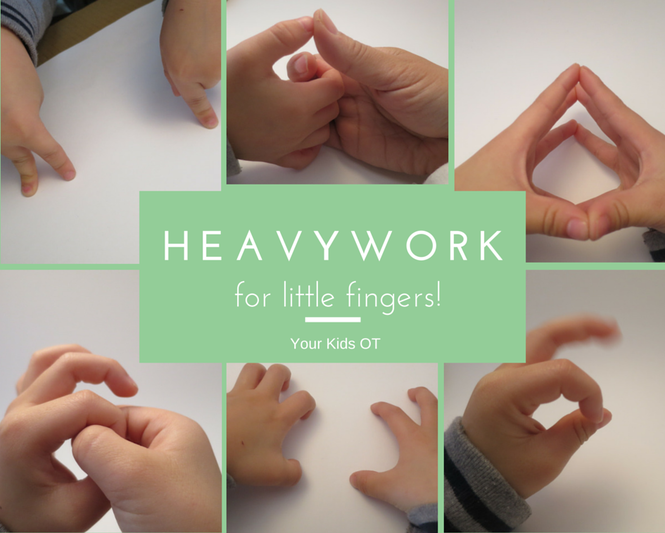
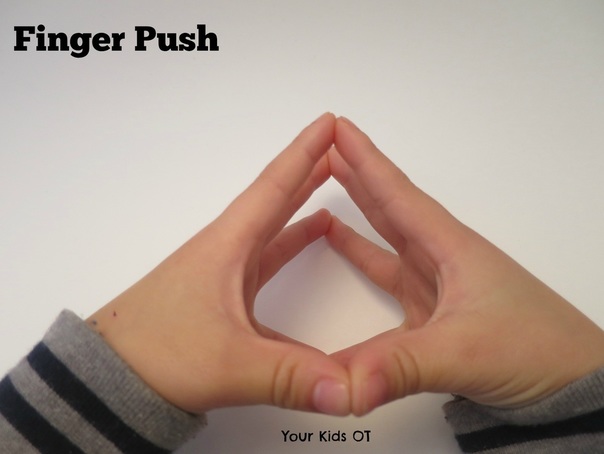
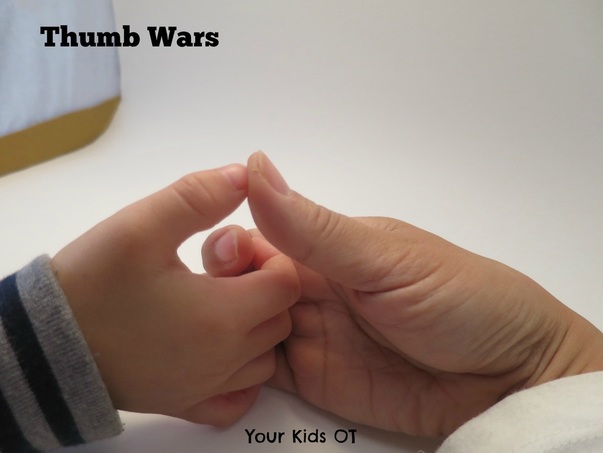
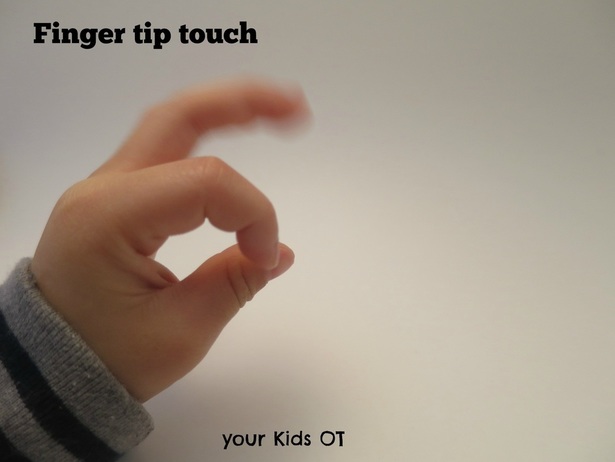
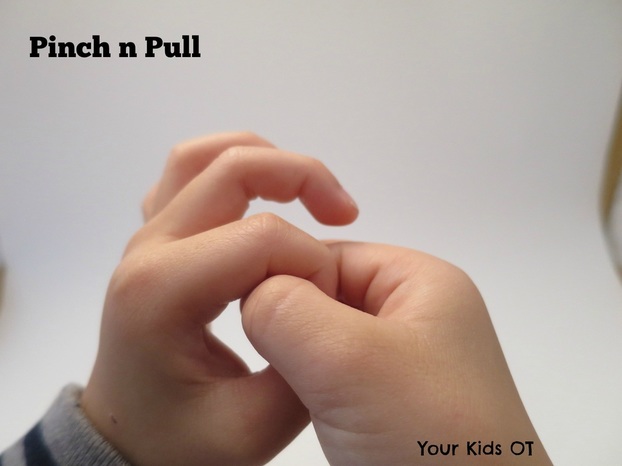
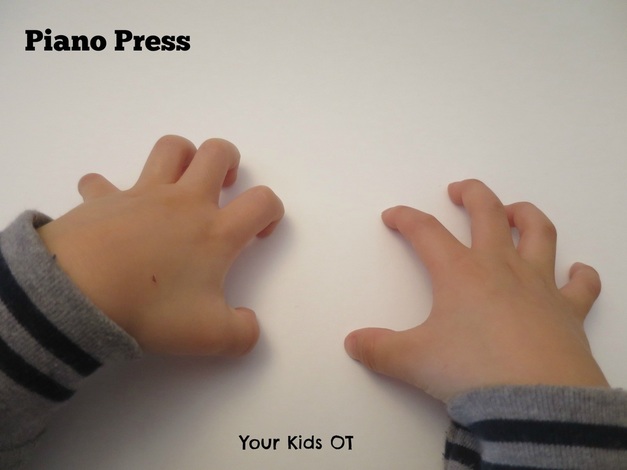
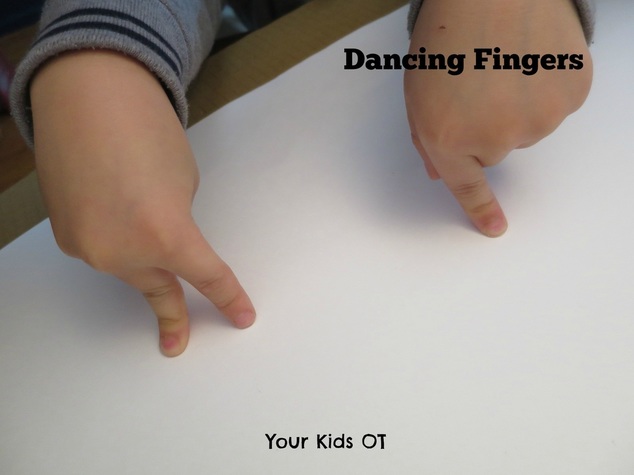

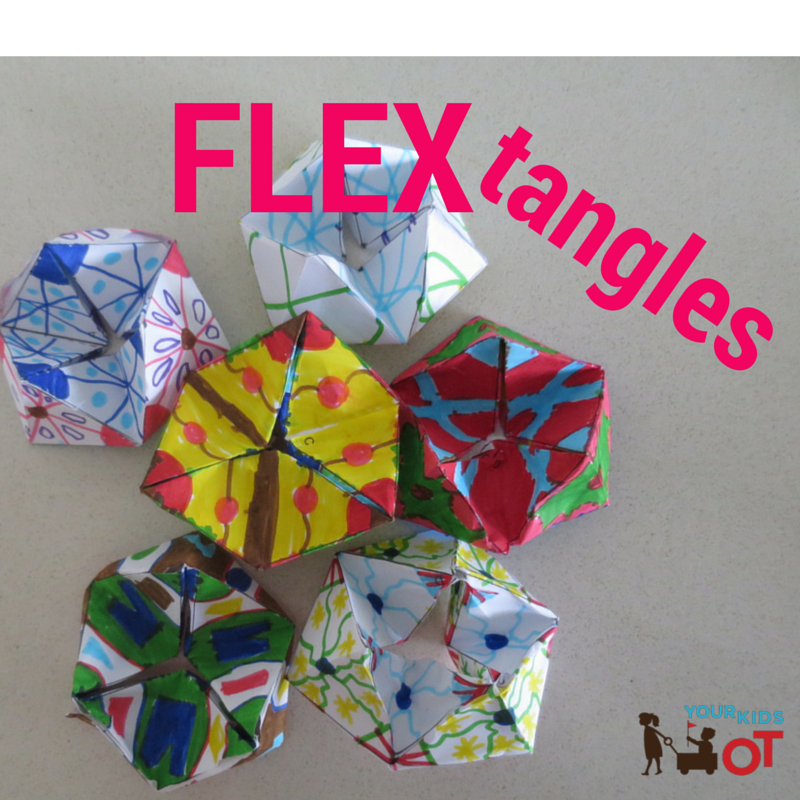

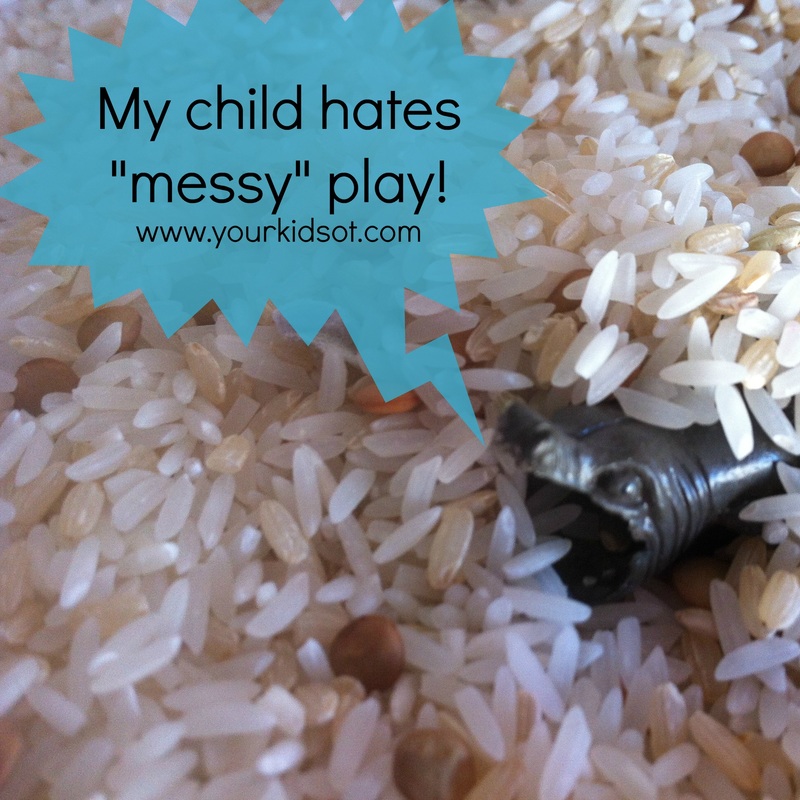
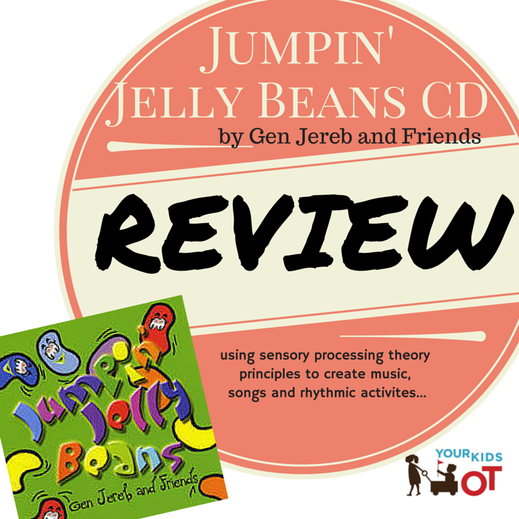


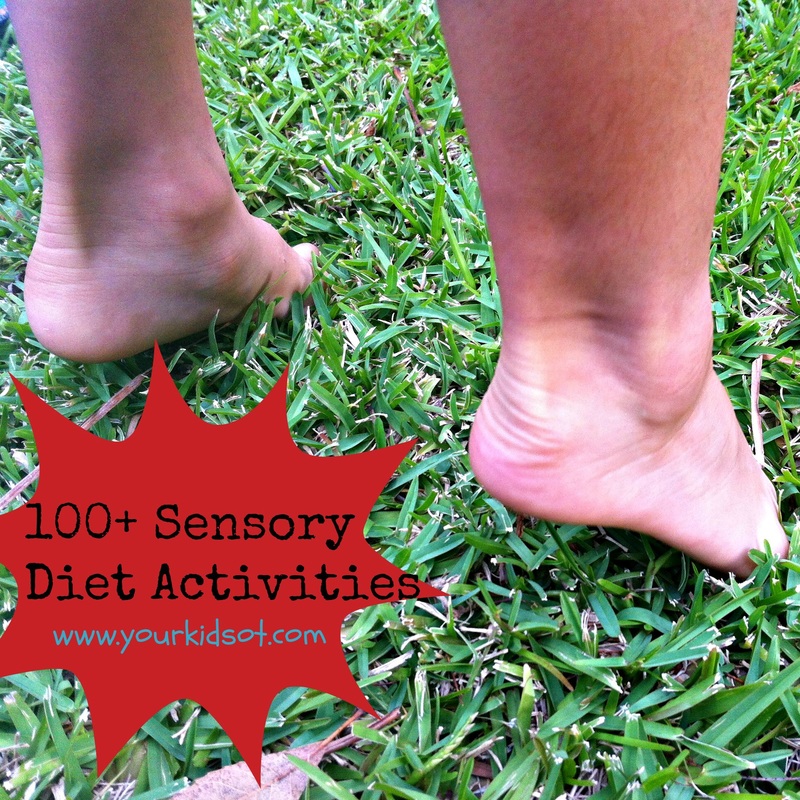
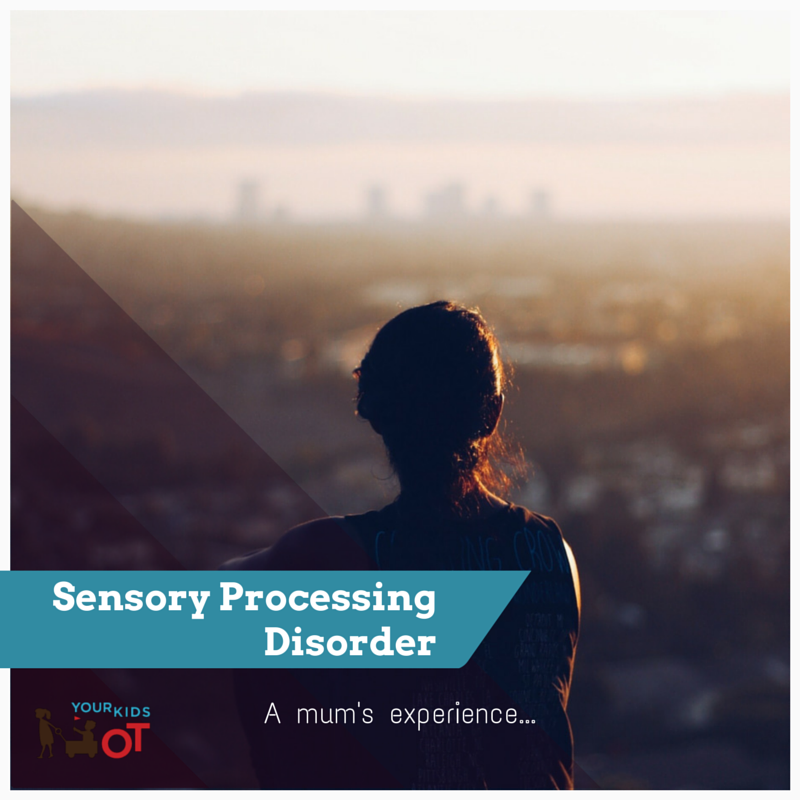
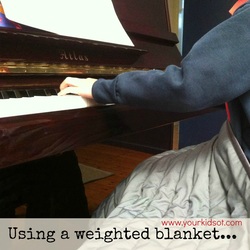
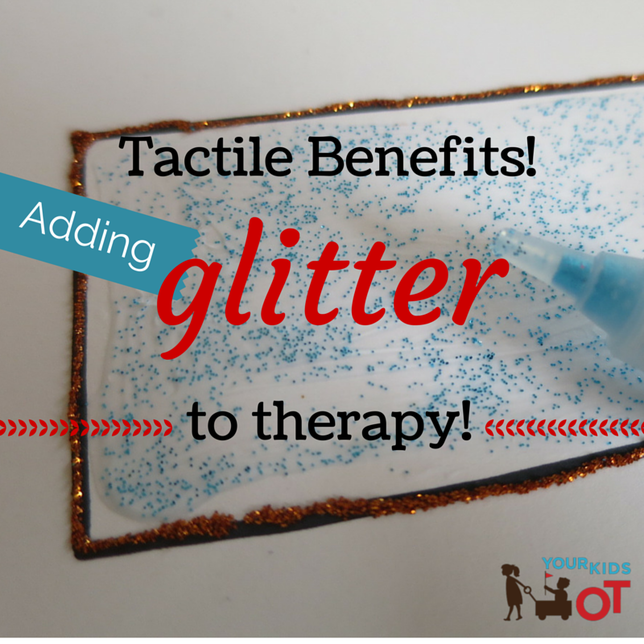
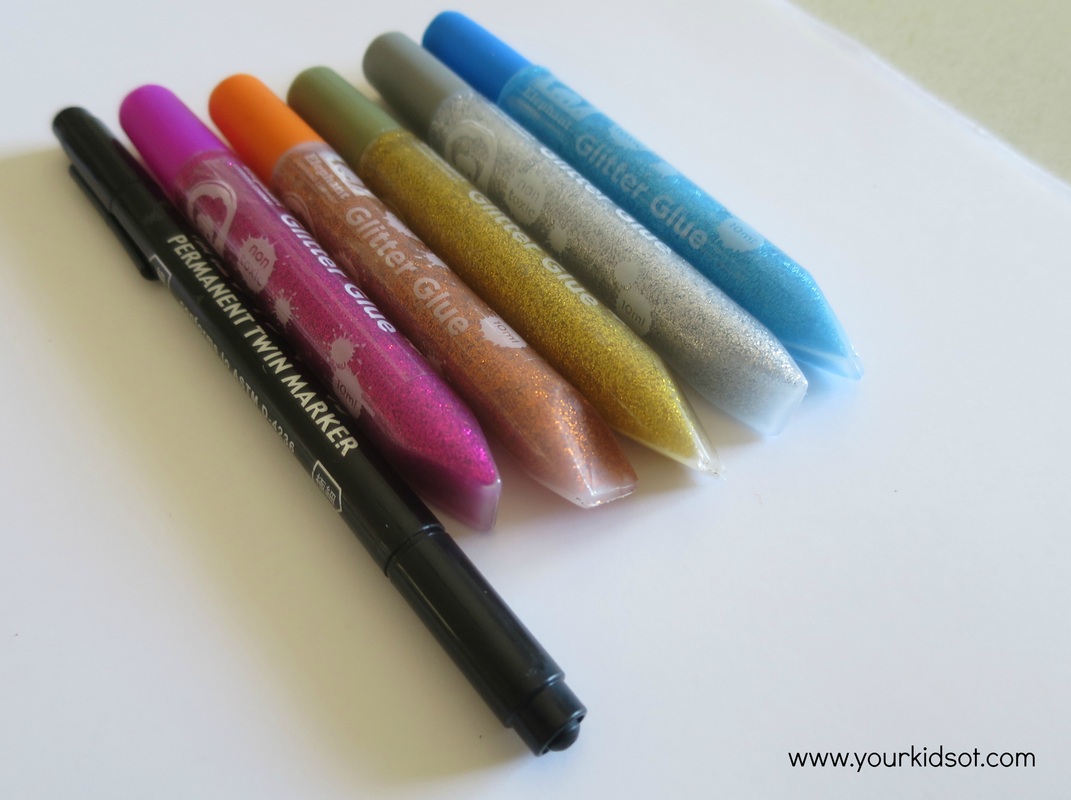
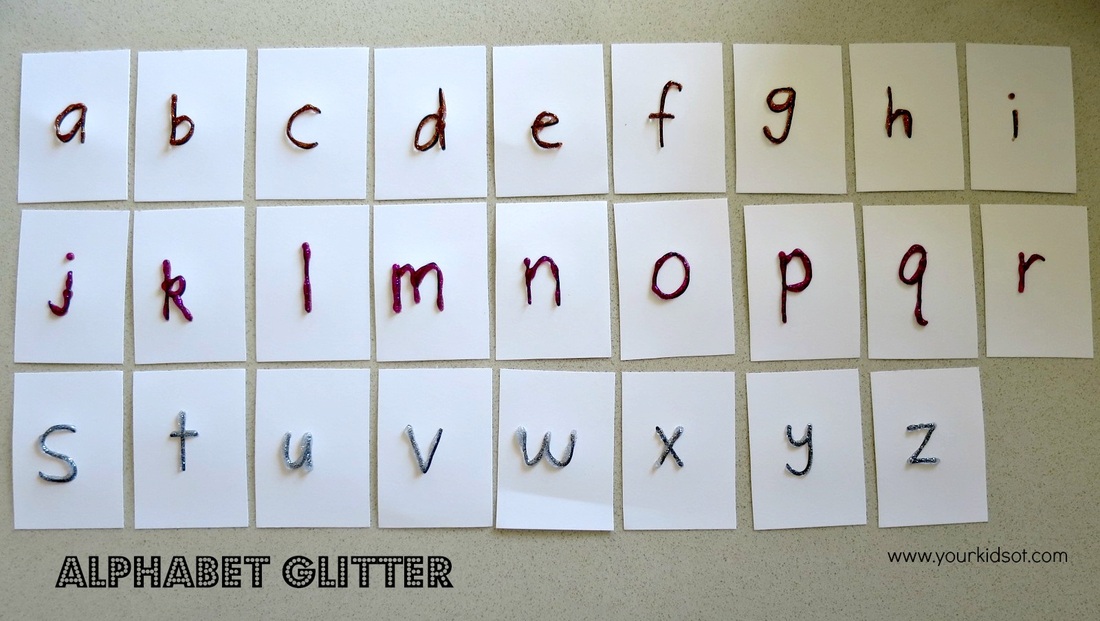
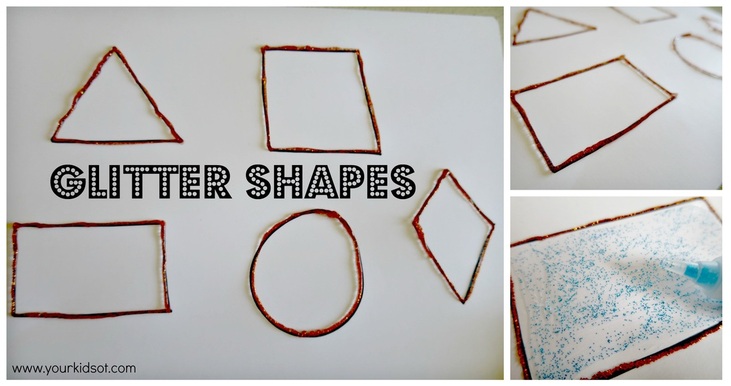
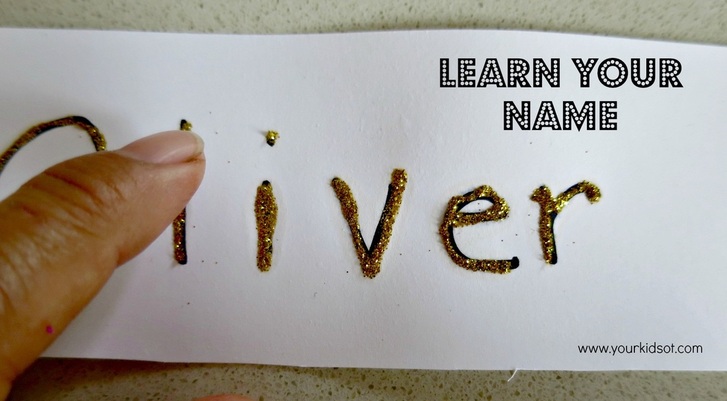
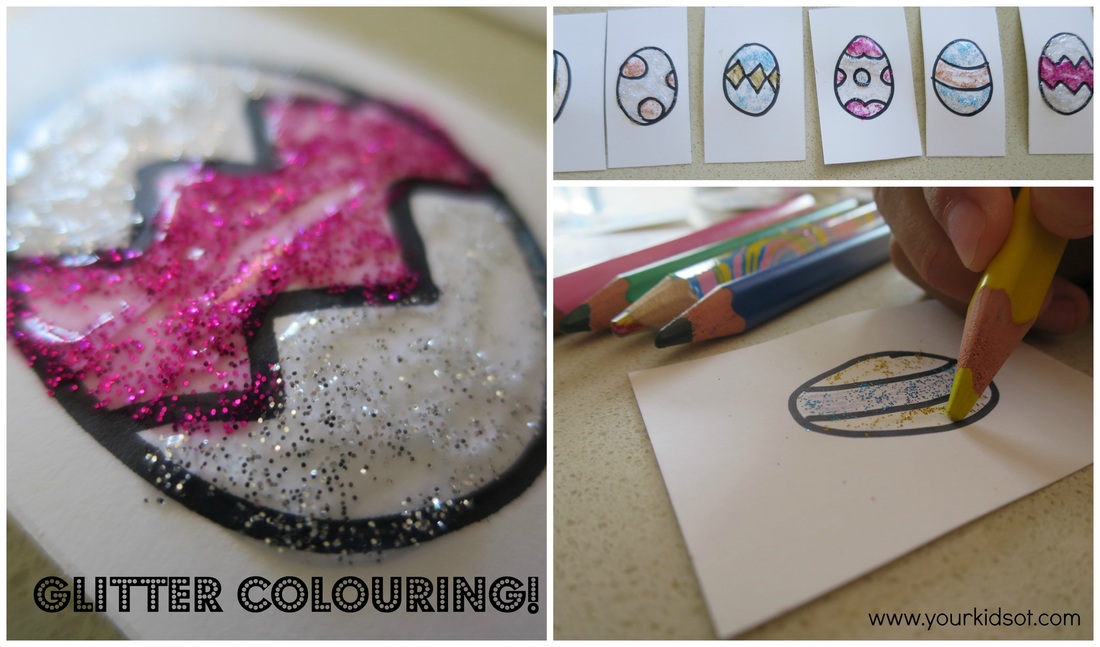
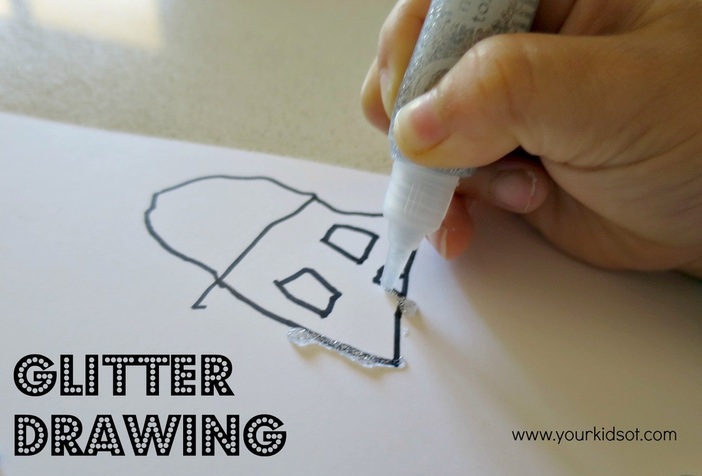

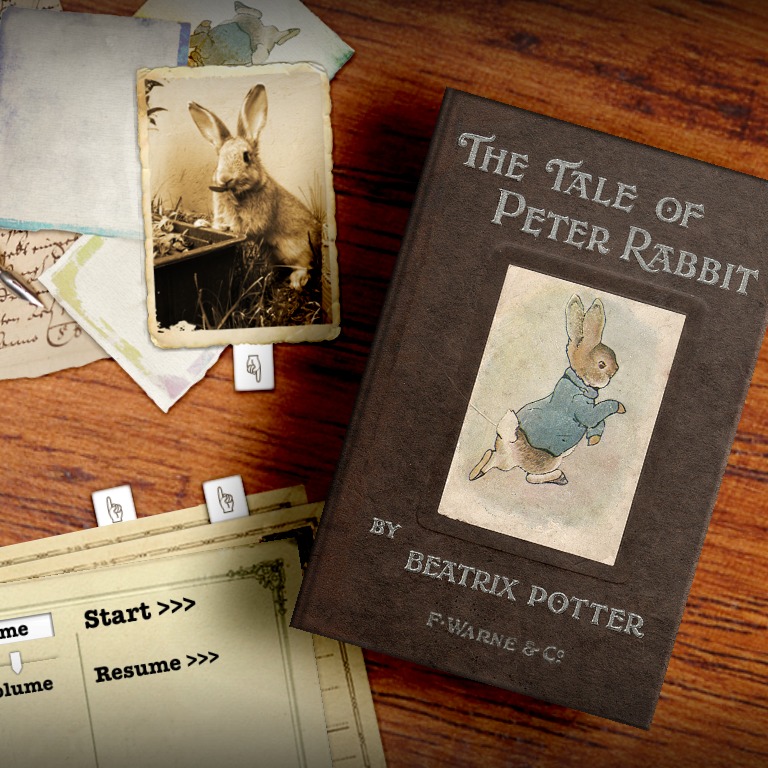
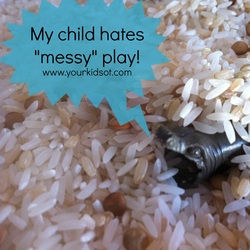
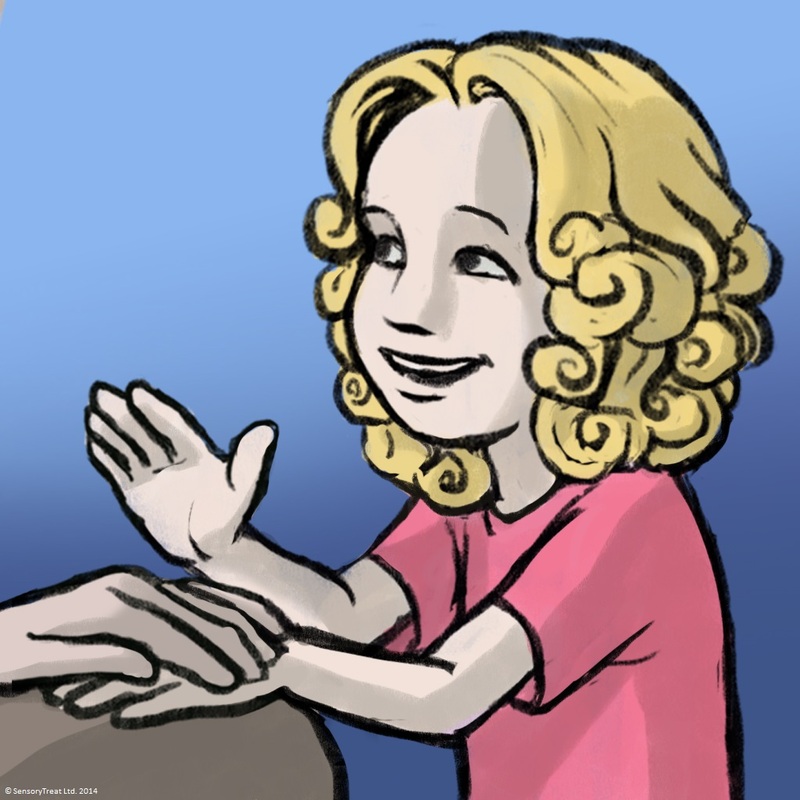
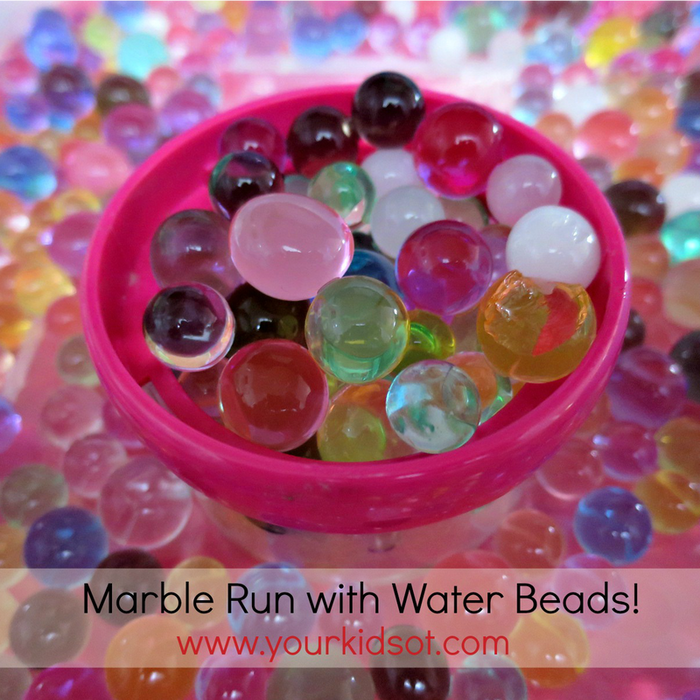

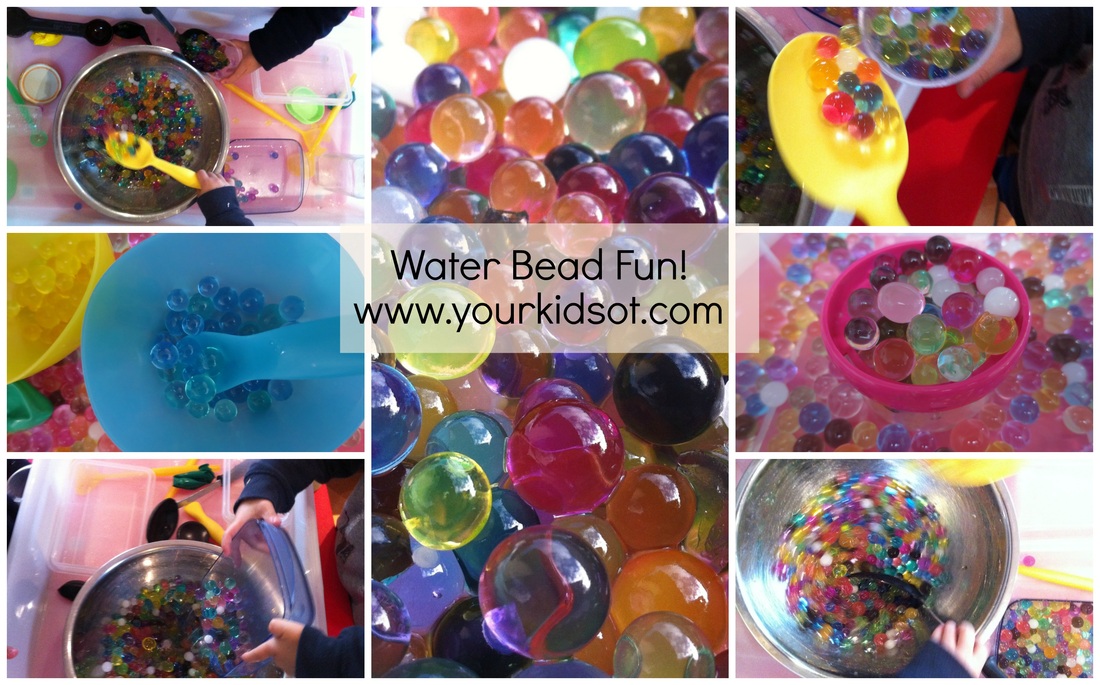
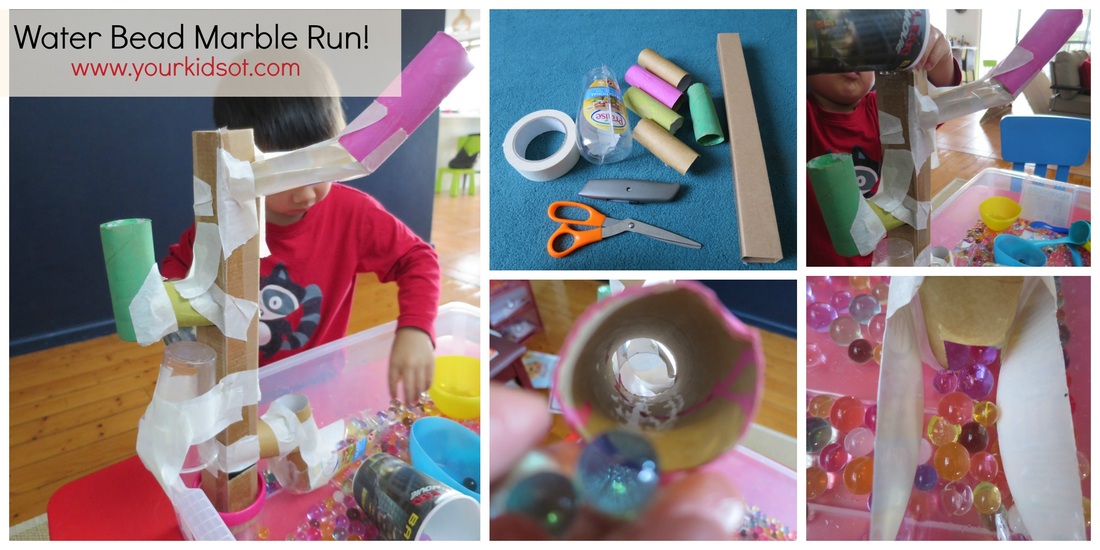
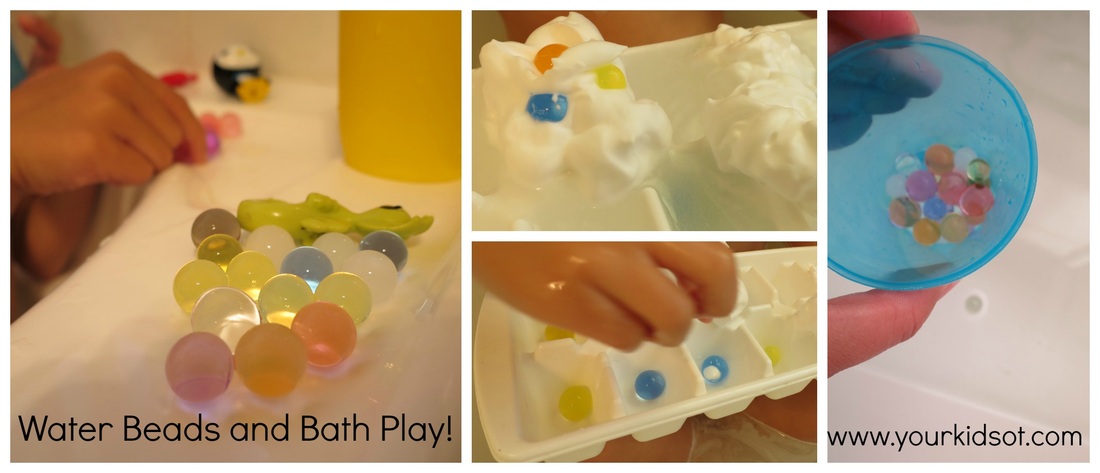

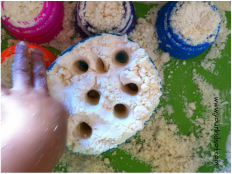
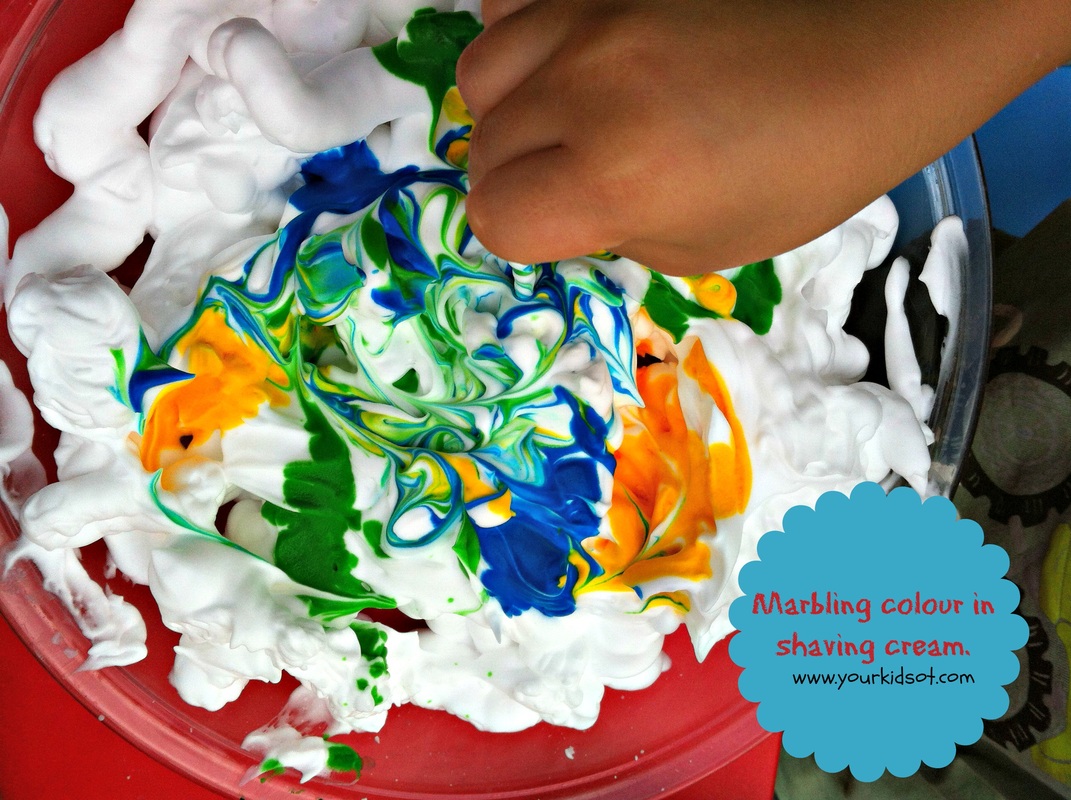
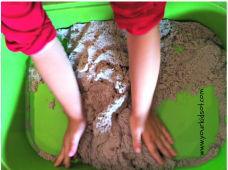
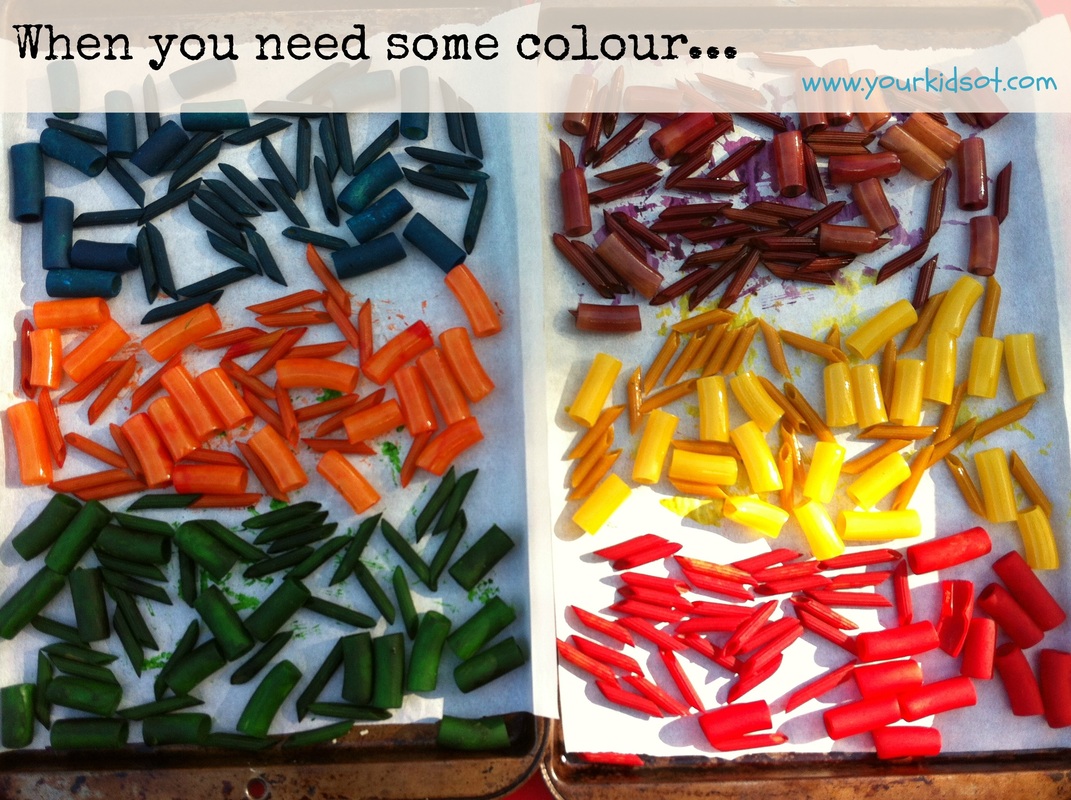
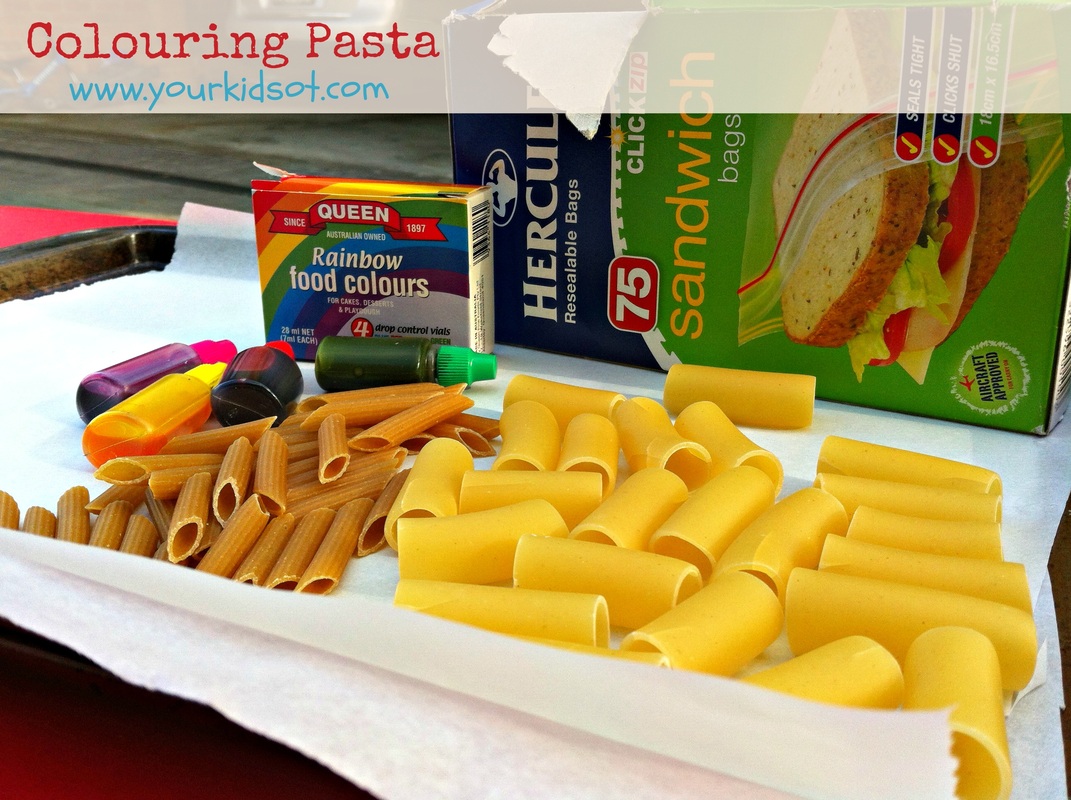
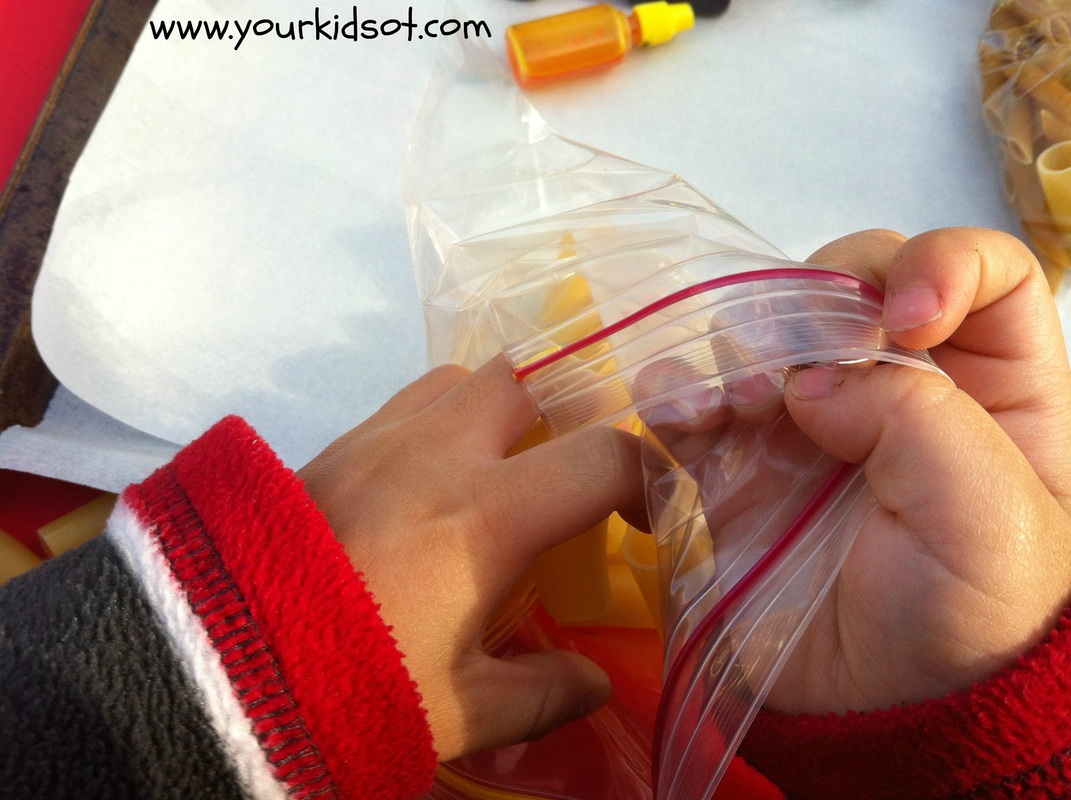
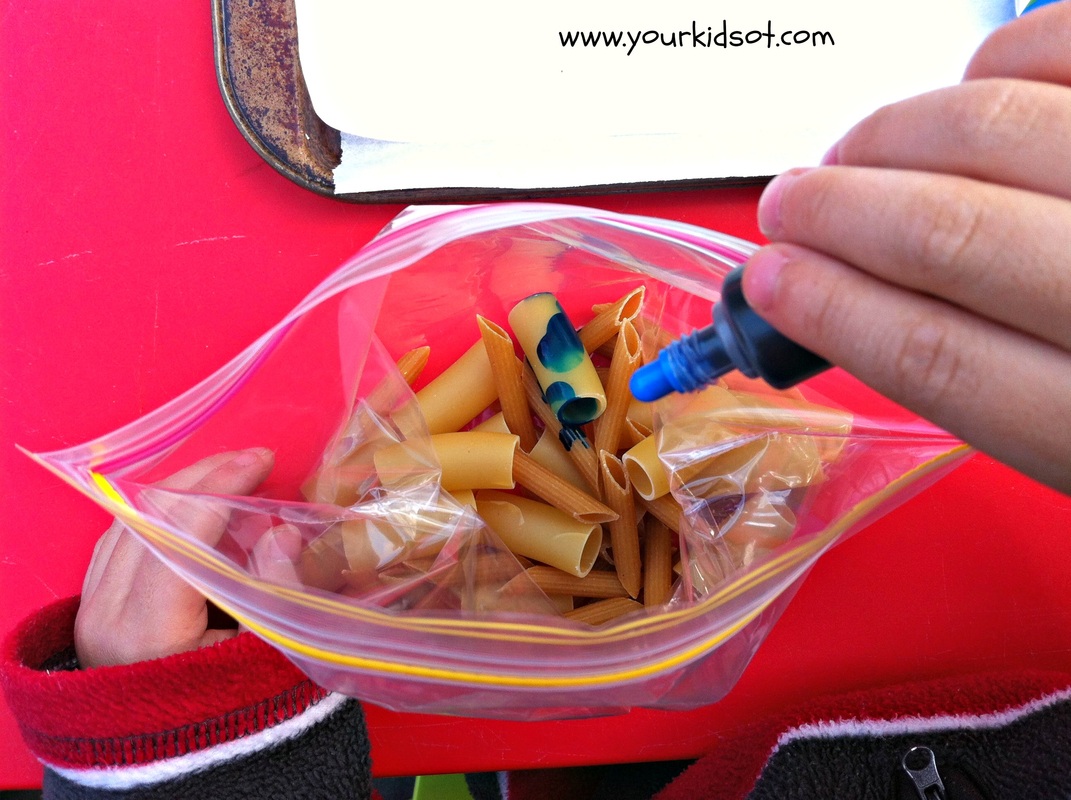
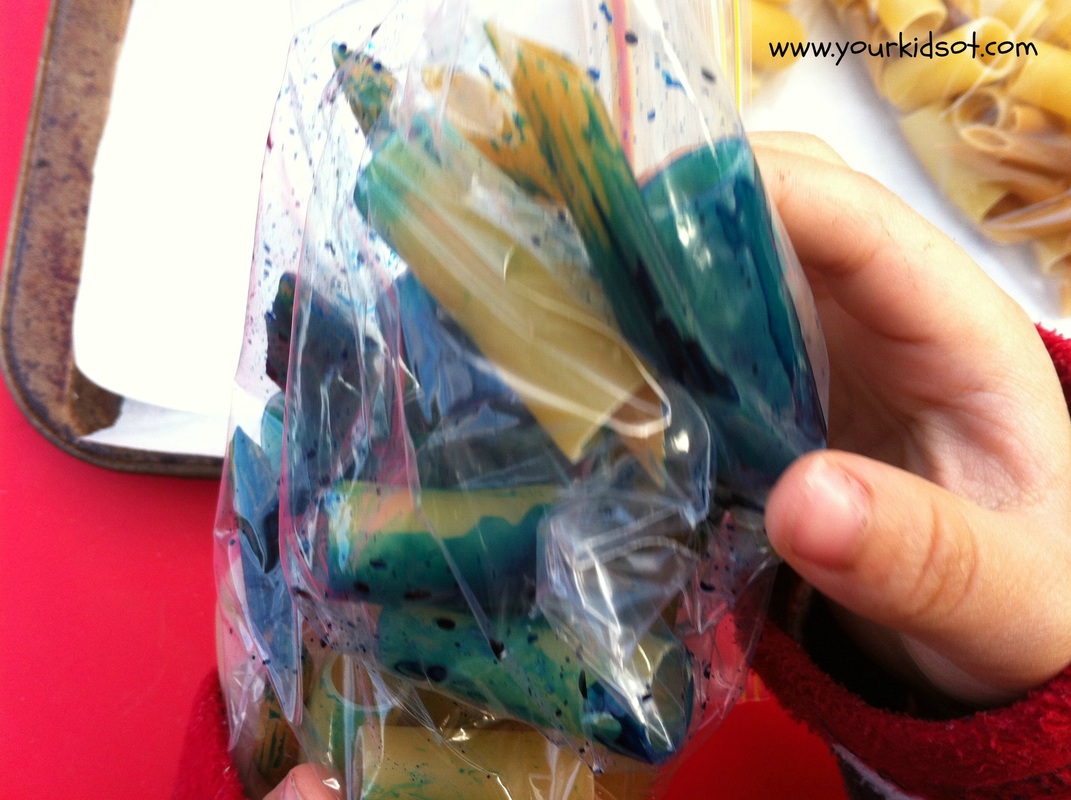
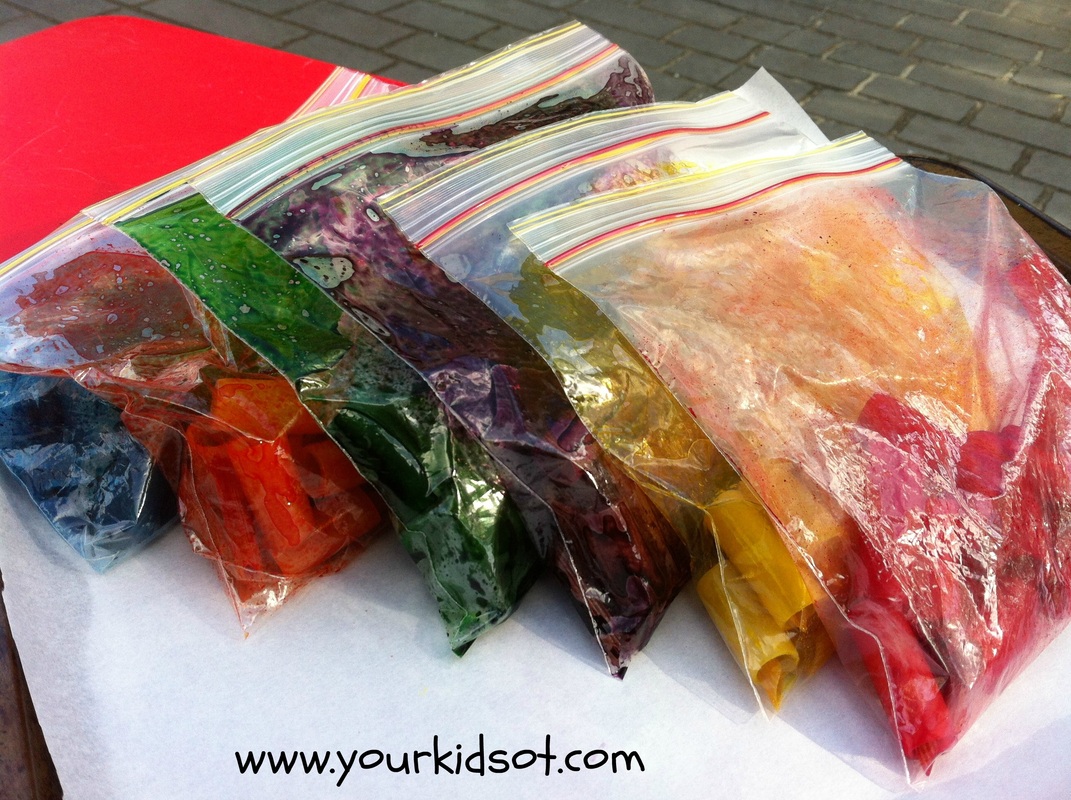
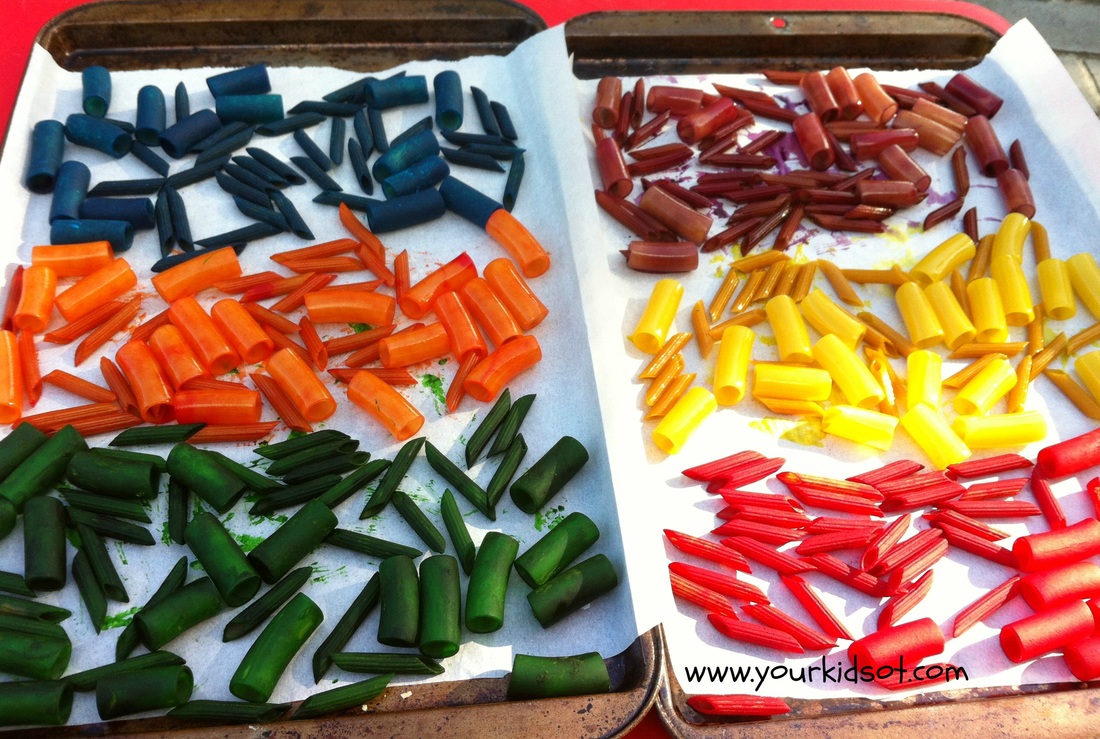
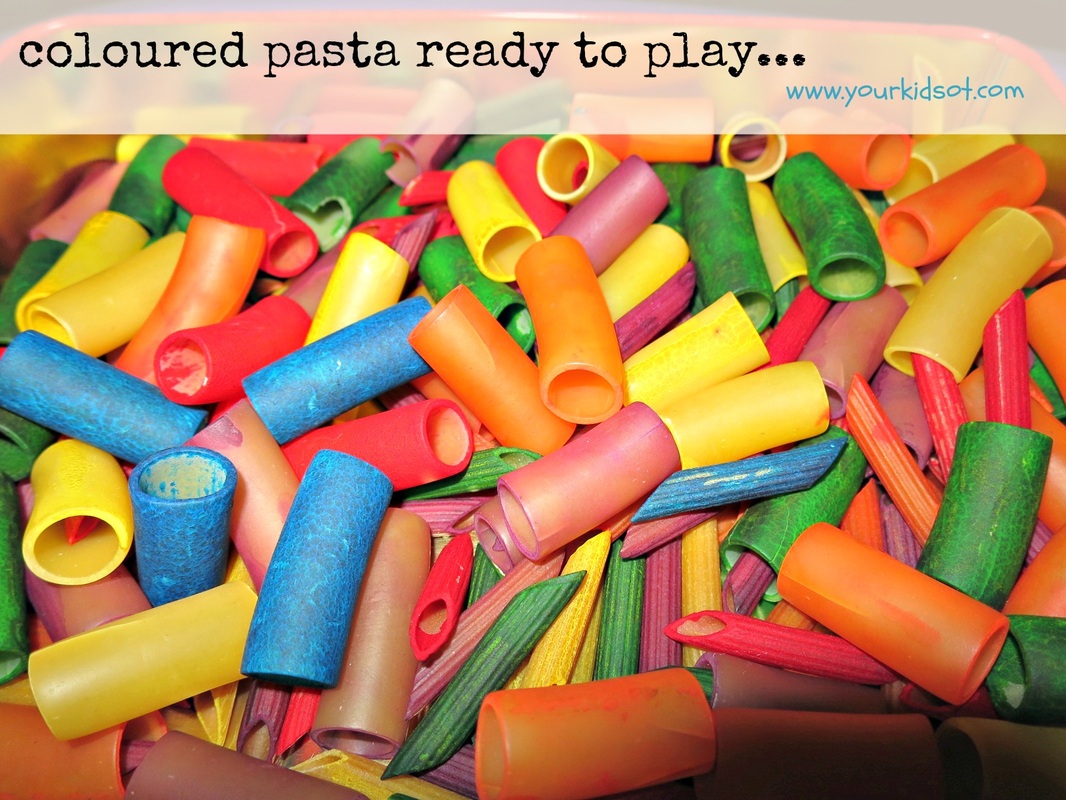
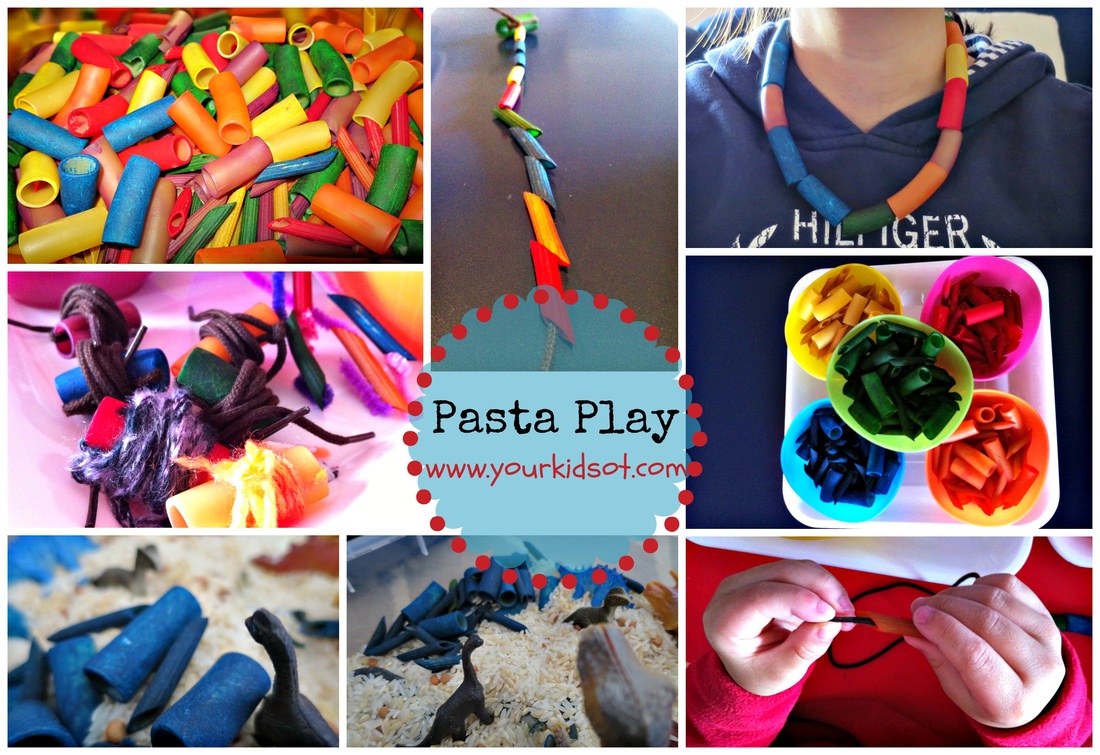

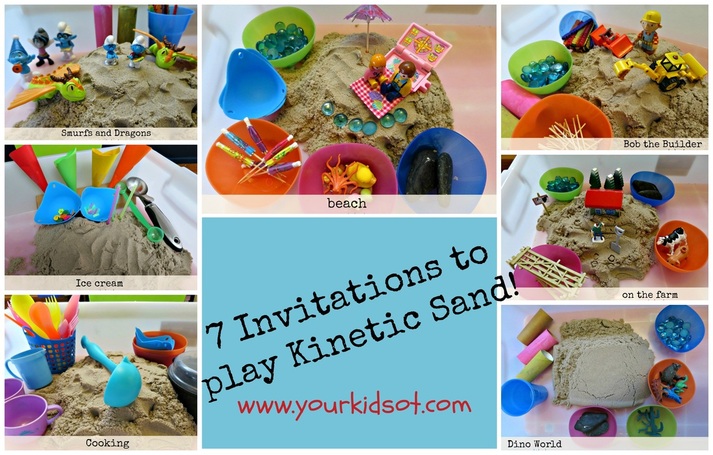
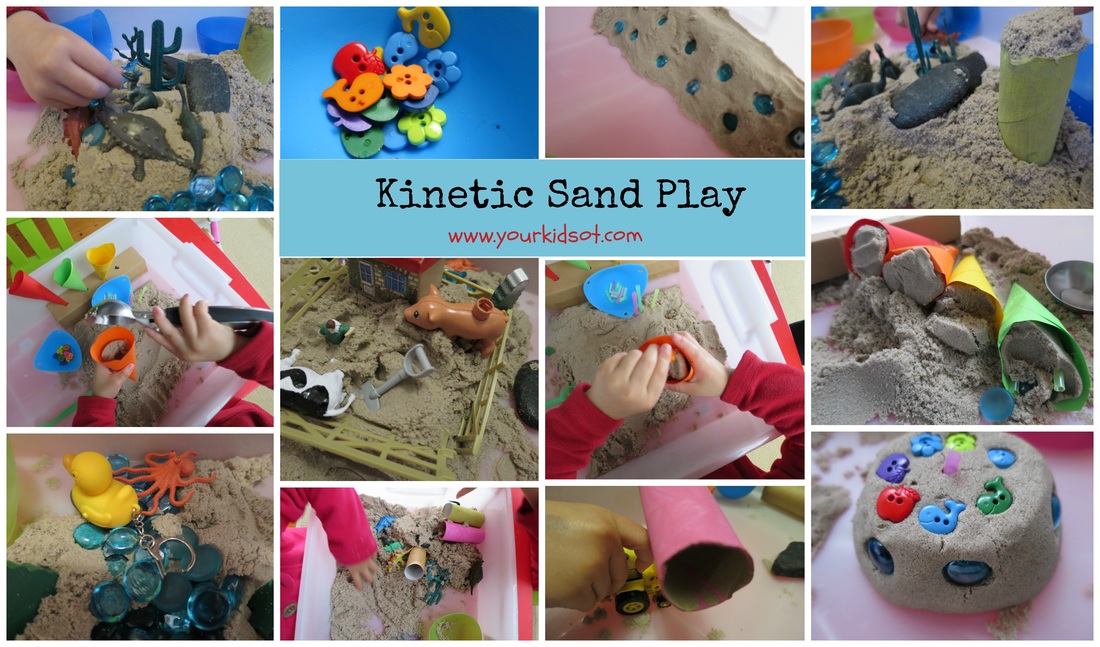

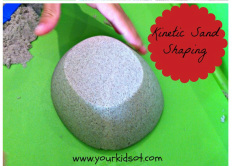
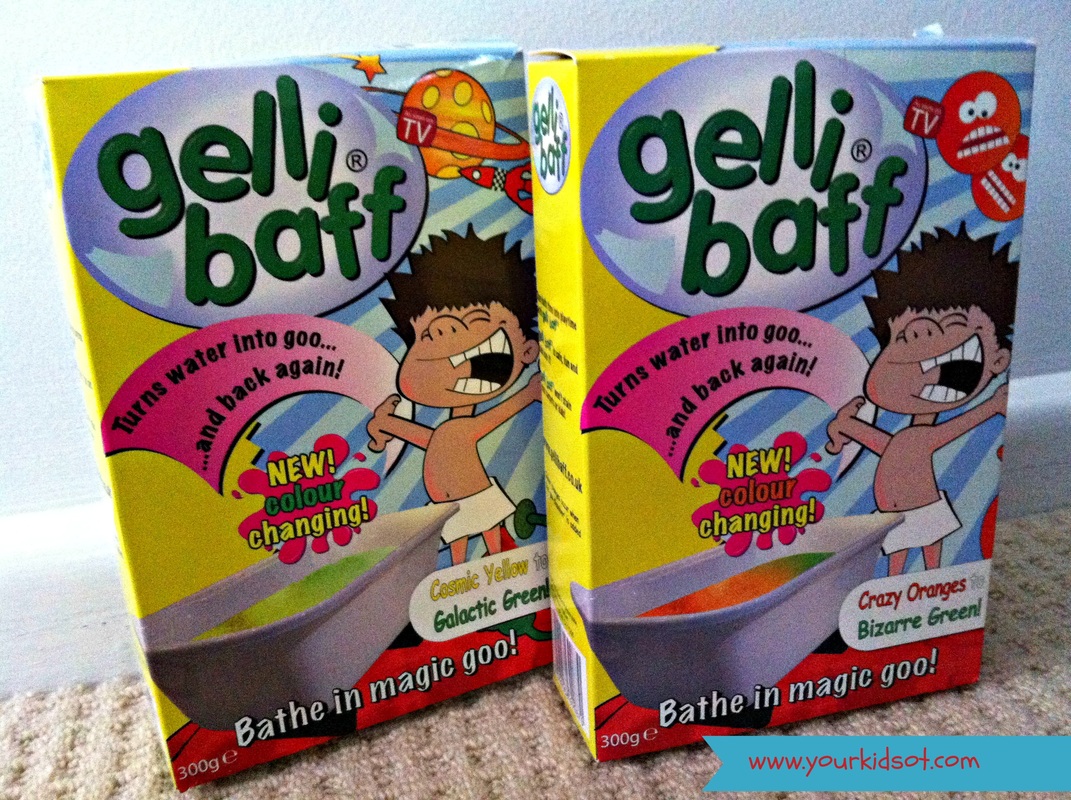
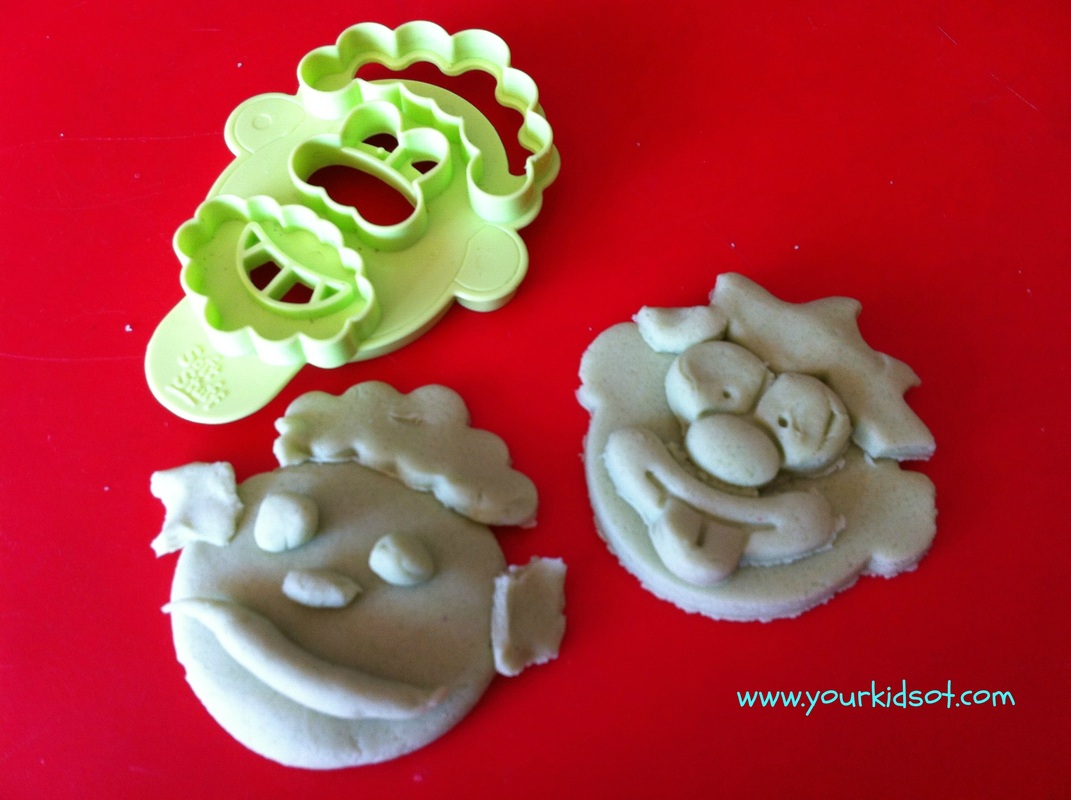
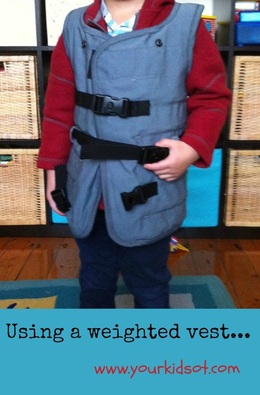
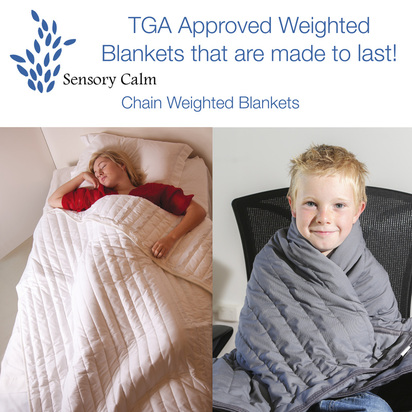
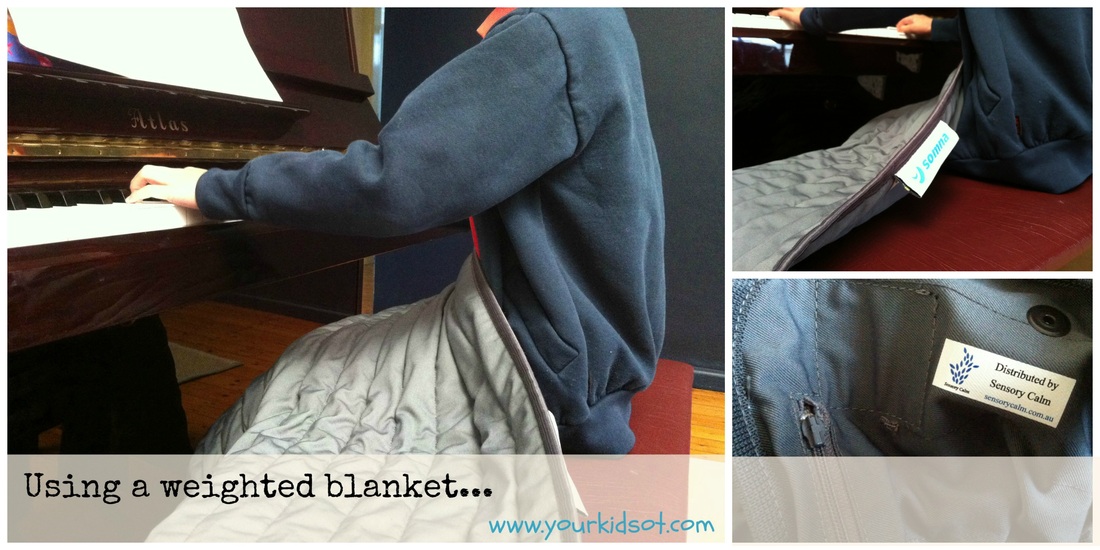



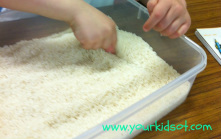
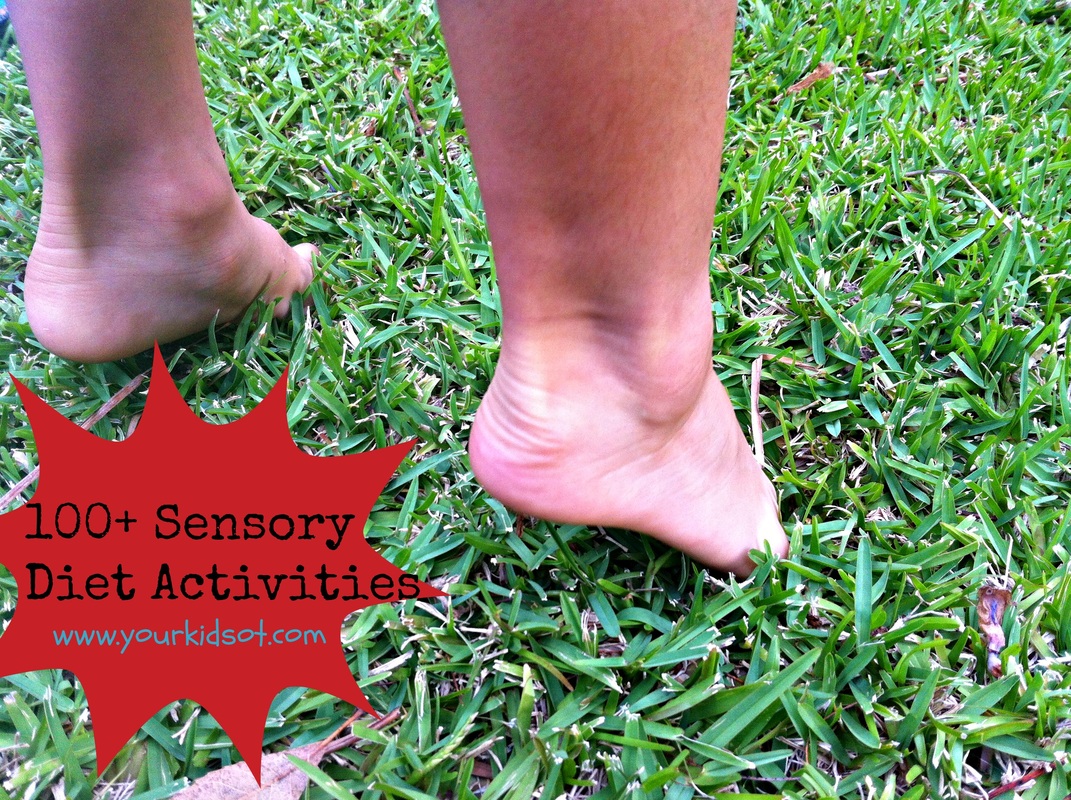

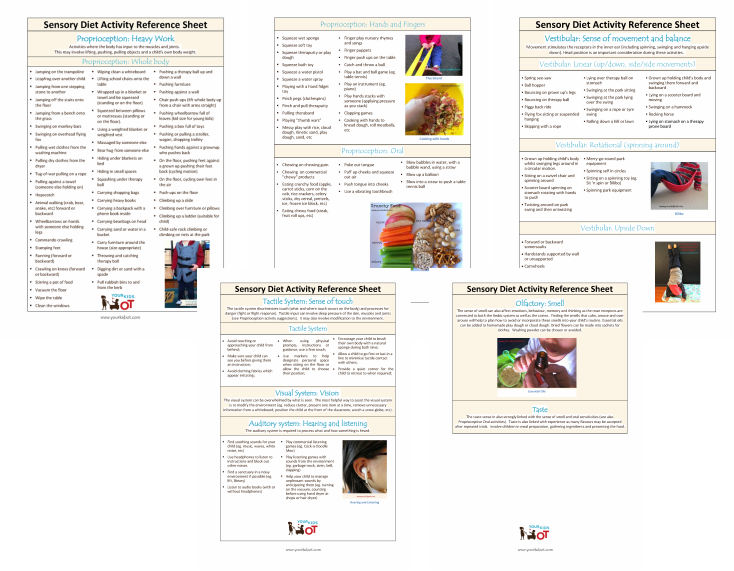
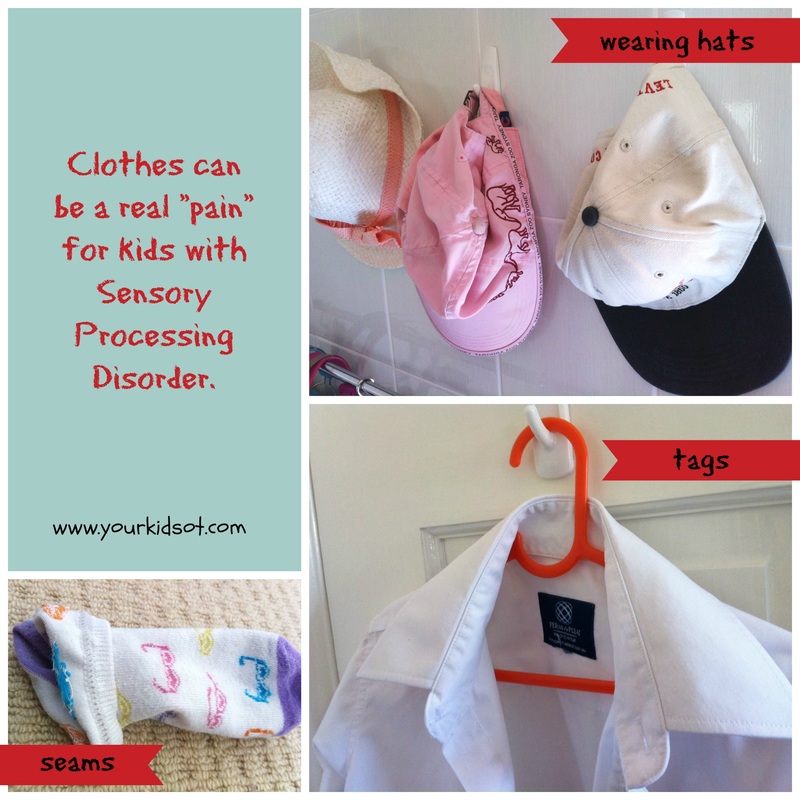
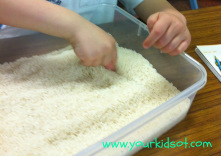
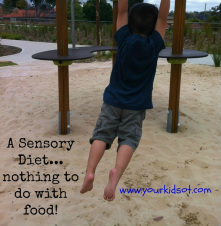
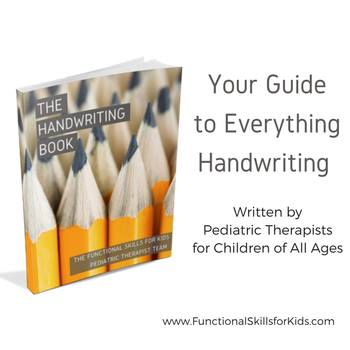
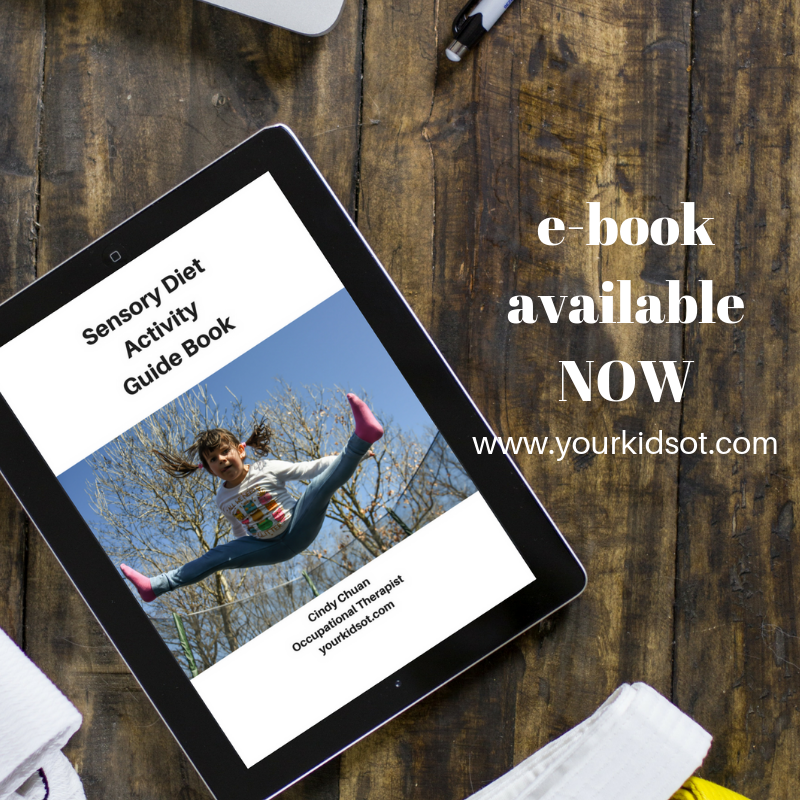
 RSS Feed
RSS Feed
